Does everyone go to the Pure Land?
![]() In Shin Buddhism, when you die, you go to the Pure Land. What happens if you have really bad karma in this life? Does Amida allow you into the Pure Land when you believe in him, say the Nembutsu, and want to be reborn in the Pure Land. Do you have to wait to be reincarnated in another life and live a good life? What if you still have problems in working your karma out in this life?
In Shin Buddhism, when you die, you go to the Pure Land. What happens if you have really bad karma in this life? Does Amida allow you into the Pure Land when you believe in him, say the Nembutsu, and want to be reborn in the Pure Land. Do you have to wait to be reincarnated in another life and live a good life? What if you still have problems in working your karma out in this life?
![]() In Shin Buddhism, everyone will go to the Pure Land at death. No exceptions.
In Shin Buddhism, everyone will go to the Pure Land at death. No exceptions.
We are in our last cycle in Samsara because we are born into the realm of Human Beings, and the Universal, Absolute, Unconditional Vows of Amida has a storehouse of merit which overcomes all human limitations and defilements. This is a unique teaching because our Karma is overpowered by Wisdom and Compassion. This is often a difficult teaching to accept because we all want to be better than the next person and we want to think I am good person. In reality, however, we are all bad people full of selfish ego, blind passion and all the rest. It is only a matter of degree.
It is difficult to accept that Hilter, Pol Pot, Baby Doc, Stalin and all the rest will be born in the Pure Land, just like me. But that is the meaning of non-discrimination and the Universal Vow of Amida. There are no exceptions. Regardless of our past, we are all Born (or reborn) in the Pure Land, without exception. Of course, we don’t know when we will become fully Enlightened as a Buddha.
Saying the Nembutsu is something for this life. Again, a unique teaching within the Pure Land school. Shin Buddhists who want to experience Awakening (or Shinjin—which is often translated as “faith” but is more are like awakening)— in this life, can say, recite, practice the Nembutsu. This Awakening is a single moment of Awakening with the right conditions and is that spiritual Ah-ha moment.
Shin Buddhism, and all of Buddhism, does not use the idea of “reincarnation.” That is a Hindu concept that has been used to describe the Buddhist concept of “the cycle of life and death” (with the exception of Tibetan Buddhism, which believes the next Dalai Lama is the reincarnation of the past Dalai Lama. But note that the next Dalai Lama is already born when the past Dalai Lama dies, so this is not exactly the same reincarnation as the Hindu belief).
Buddhism teaches that everything is interconnected and inter-related. One life affects all life around it—in the past, present and future. Buddhism does not have a soul, or something that carries from one life to the next.
Gassho (with palms together), Rev. Ron


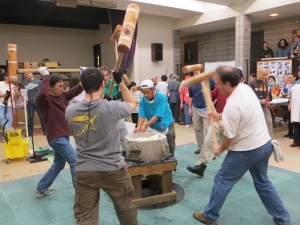 If our temple’s Ginza Holiday Festival is the highlight of the year for me, Mochi-Tsuki is a strong second.
If our temple’s Ginza Holiday Festival is the highlight of the year for me, Mochi-Tsuki is a strong second.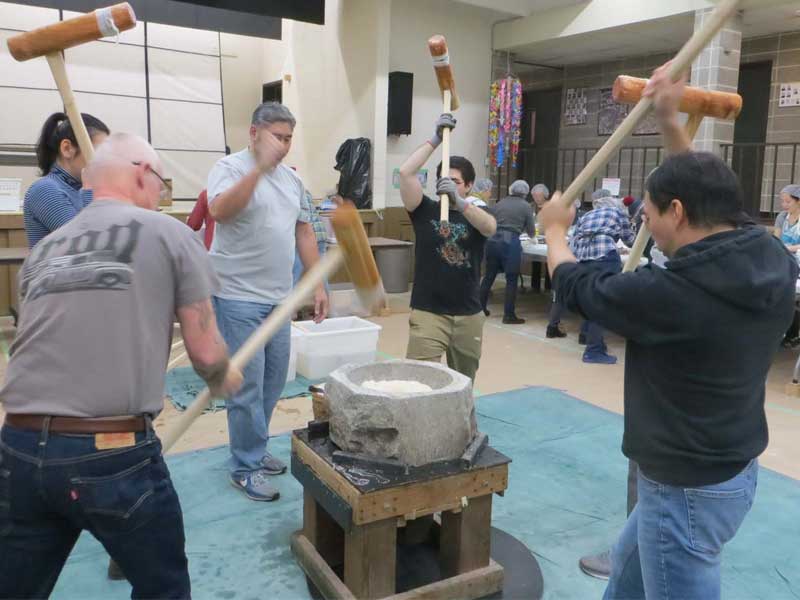
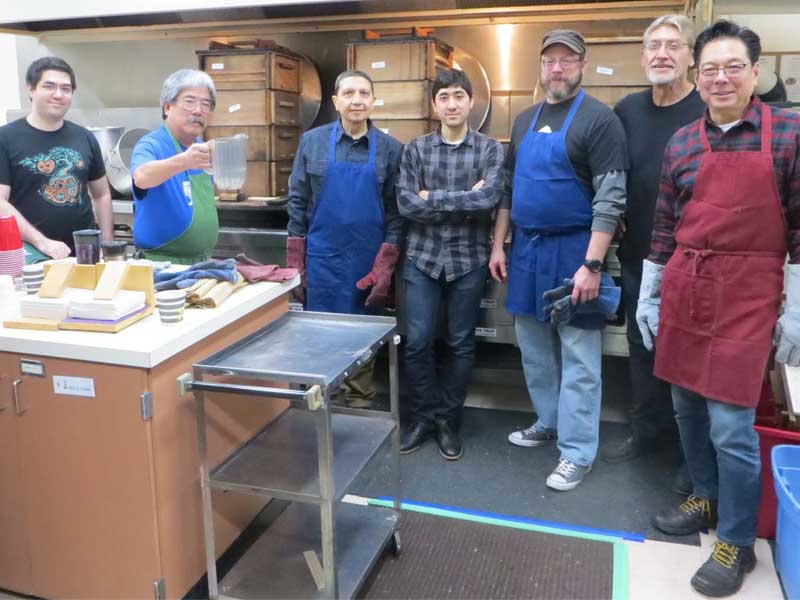
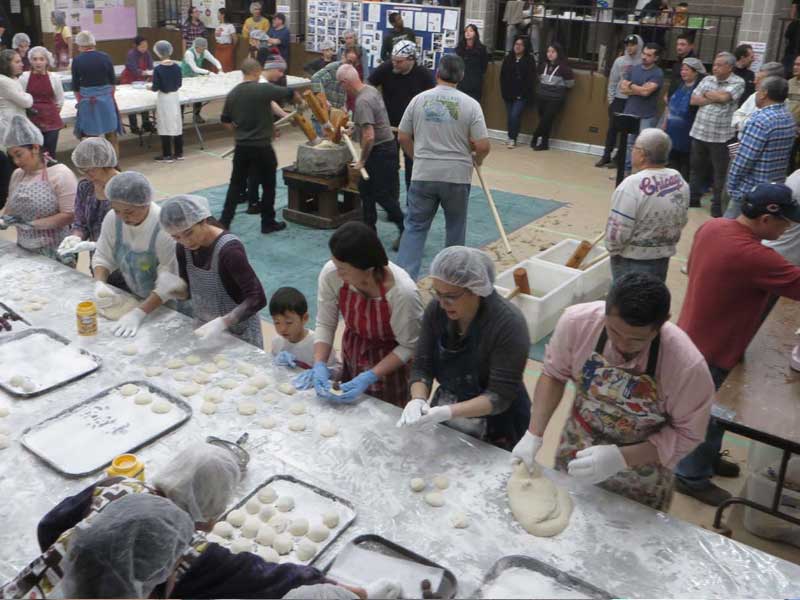

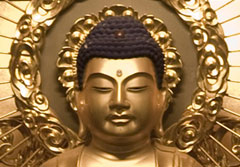
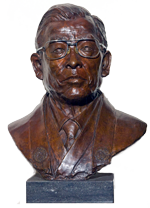
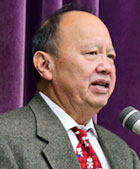 REV RON MIYAMURA – Resident Minister: As we celebrate our 75th Anniversary we should pause to look back with a sense of gratitude and forward with a sense of hope.
REV RON MIYAMURA – Resident Minister: As we celebrate our 75th Anniversary we should pause to look back with a sense of gratitude and forward with a sense of hope.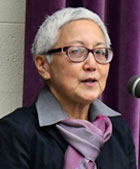 KIKU TAURA – MBT President: On Sunday, Nov. 3, Midwest Buddhist Temple capped a year of commemorative events with a luncheon in honor of our 75th anniversary. I was happy to see that an estimated 175 Sangha members and friends came to celebrate the occasion, and the full house reflected the many faces of MBT today.
KIKU TAURA – MBT President: On Sunday, Nov. 3, Midwest Buddhist Temple capped a year of commemorative events with a luncheon in honor of our 75th anniversary. I was happy to see that an estimated 175 Sangha members and friends came to celebrate the occasion, and the full house reflected the many faces of MBT today.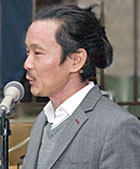 JASON MATSUMOTO – 75th Anniversary Committee Chair: MBT, throughout its 75 years, is fortunate to have been under the guidance of forward-thinking leadership. MBT values openness and inclusivity, inviting people who are 1 mile away or 10,000 miles away to, as Rev. Ron likes to say, “come as you are.”
JASON MATSUMOTO – 75th Anniversary Committee Chair: MBT, throughout its 75 years, is fortunate to have been under the guidance of forward-thinking leadership. MBT values openness and inclusivity, inviting people who are 1 mile away or 10,000 miles away to, as Rev. Ron likes to say, “come as you are.”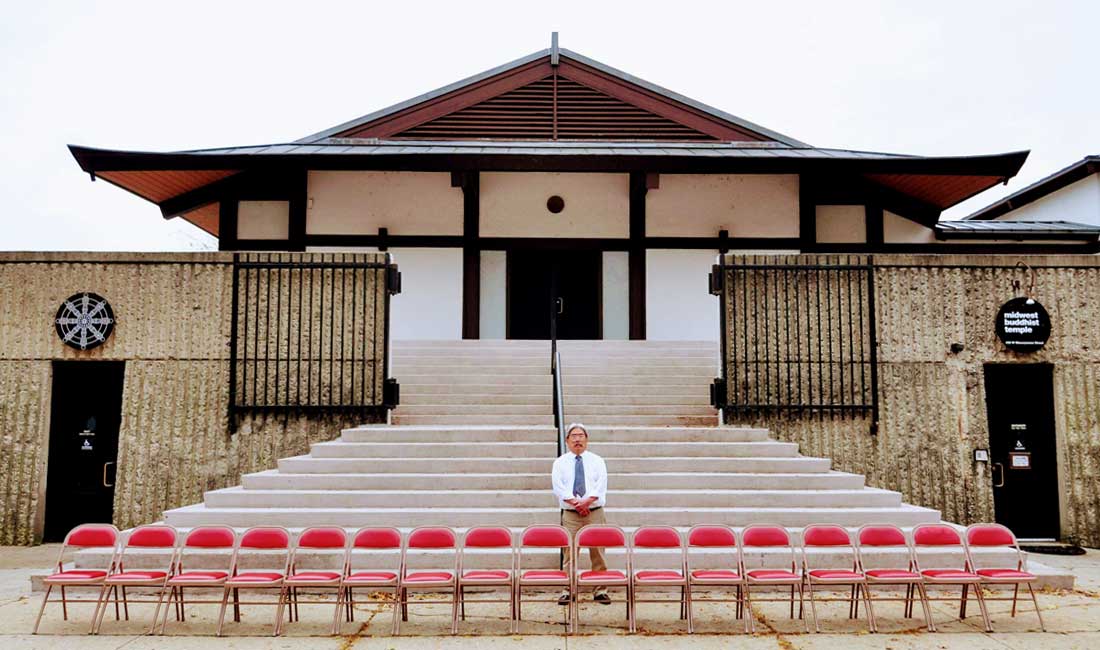
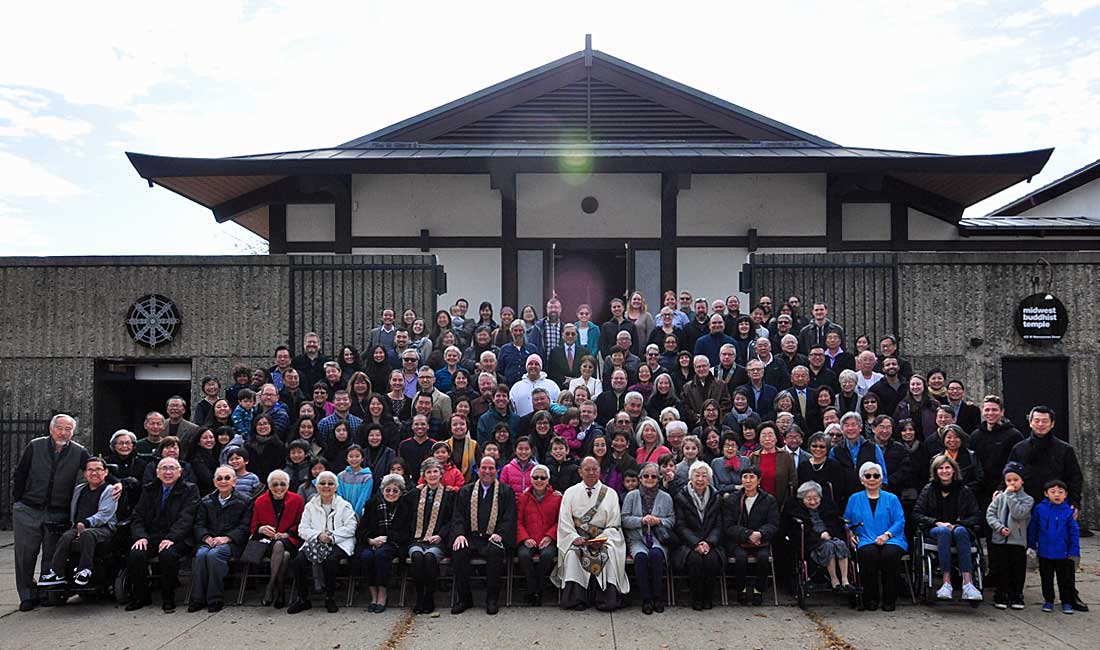
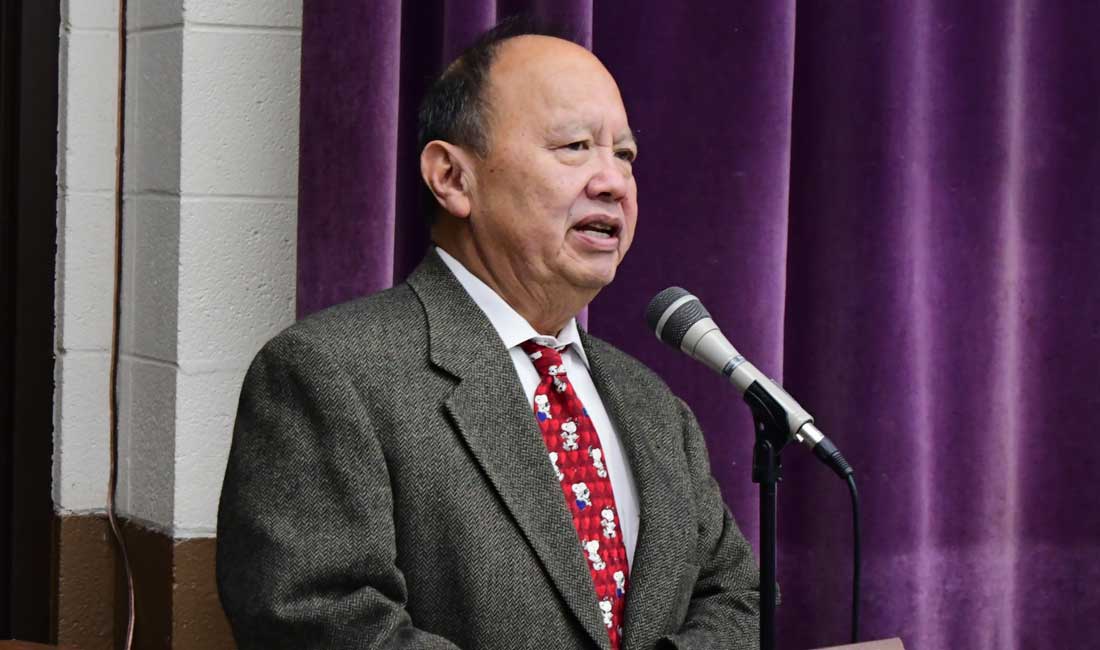
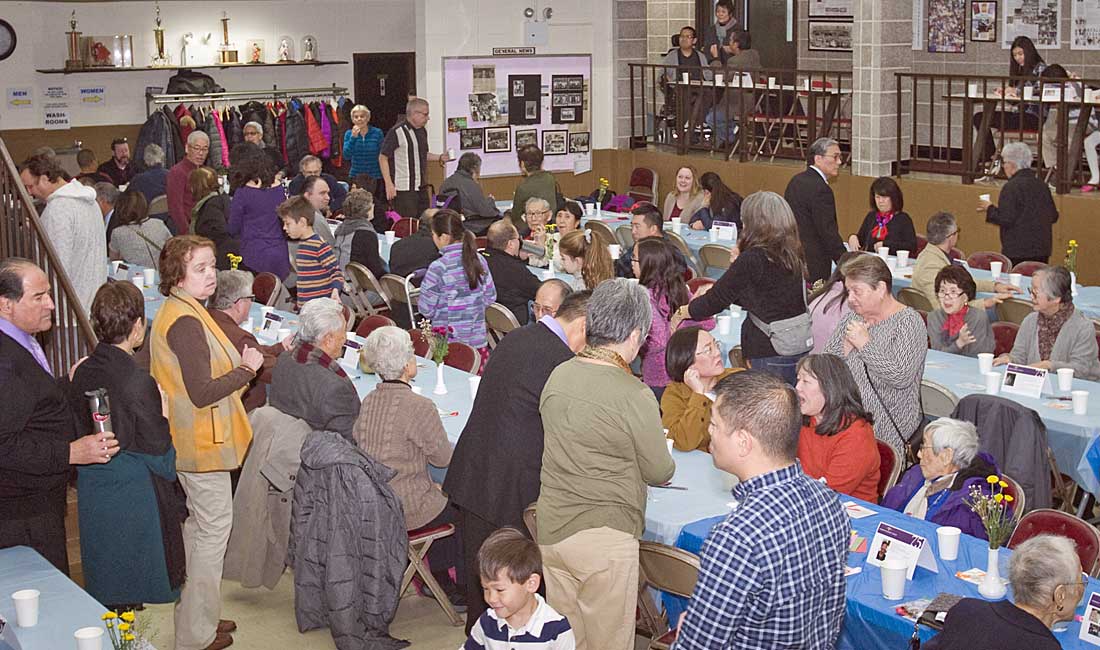
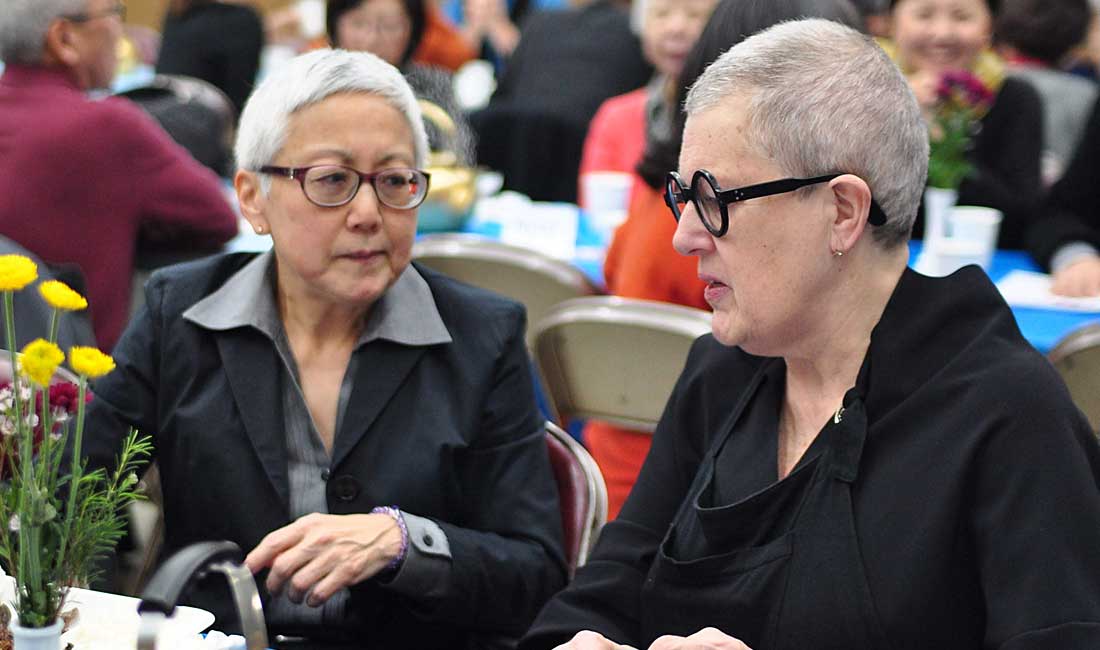
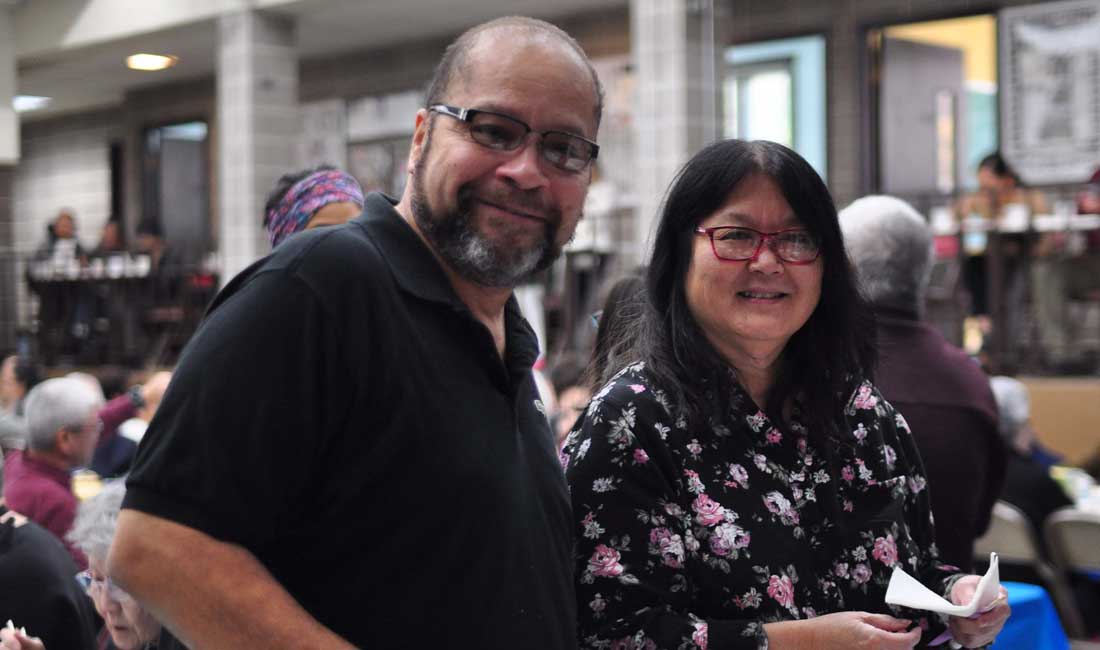
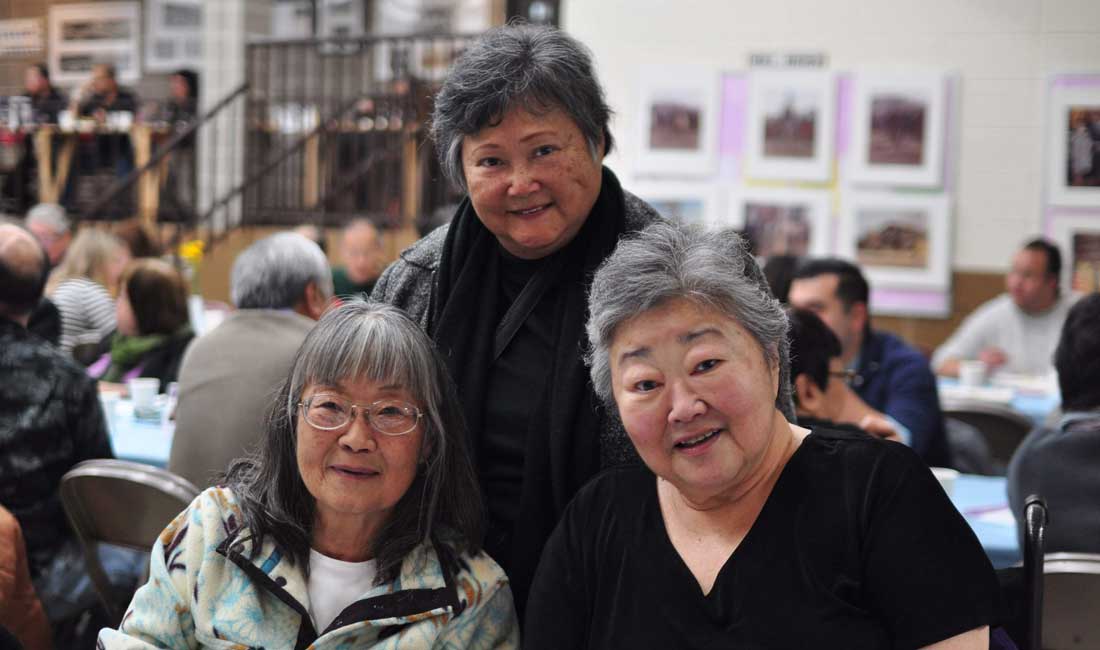
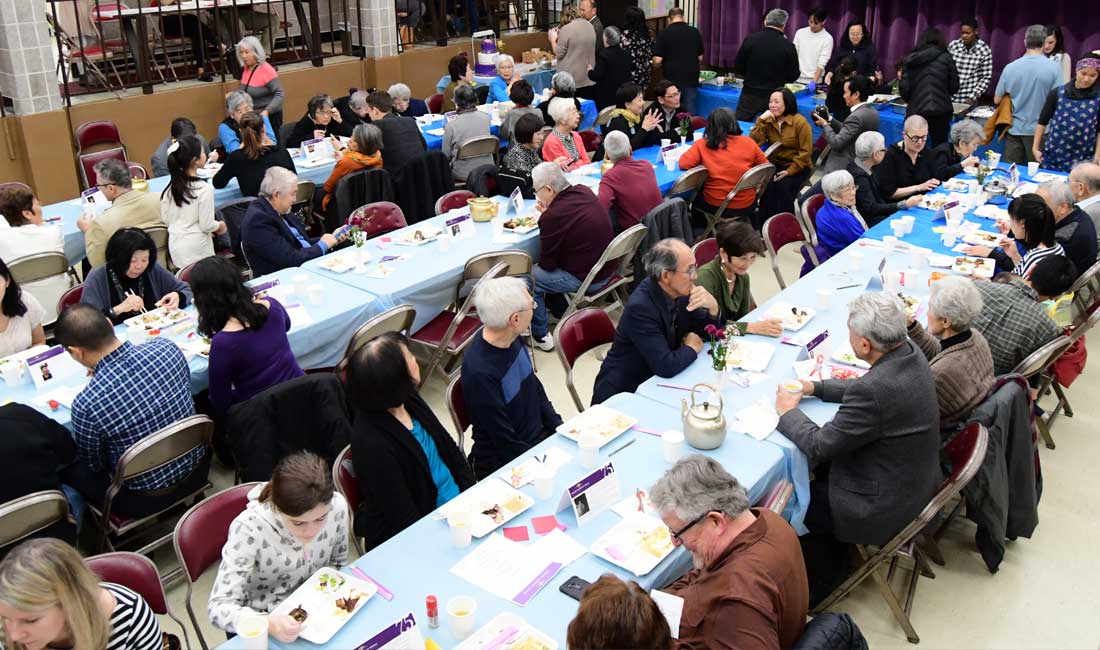
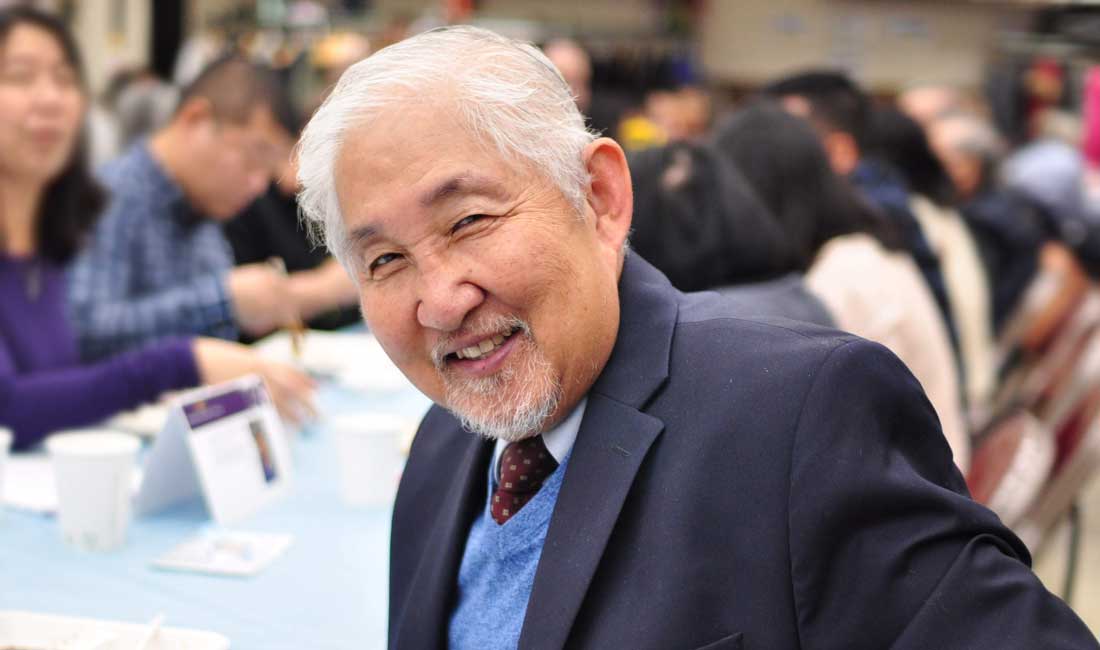
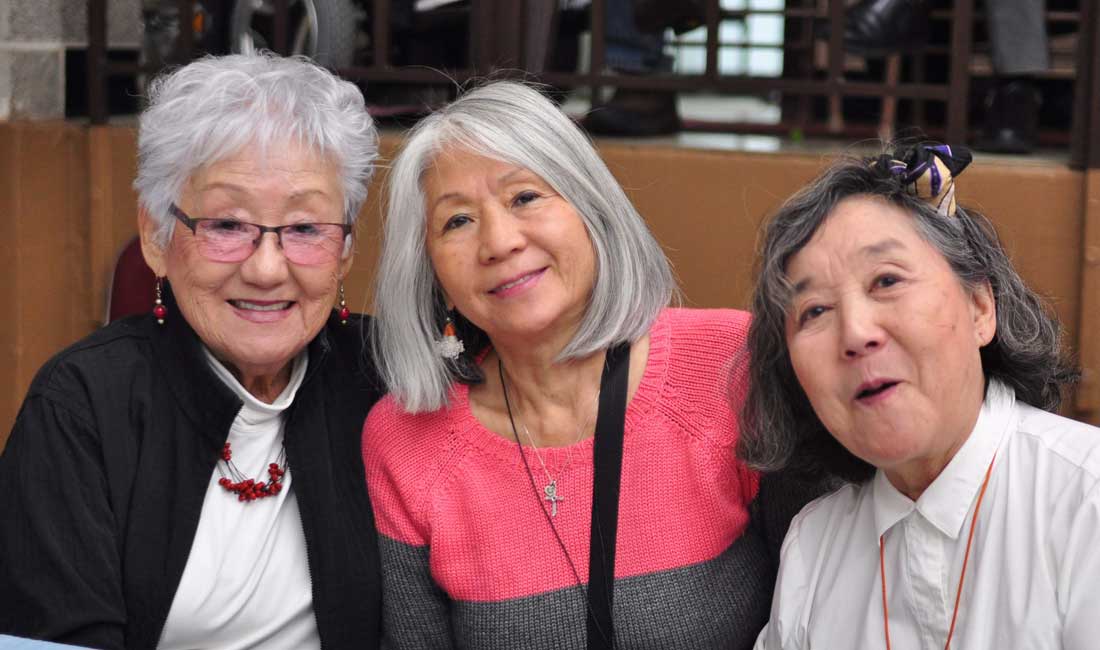
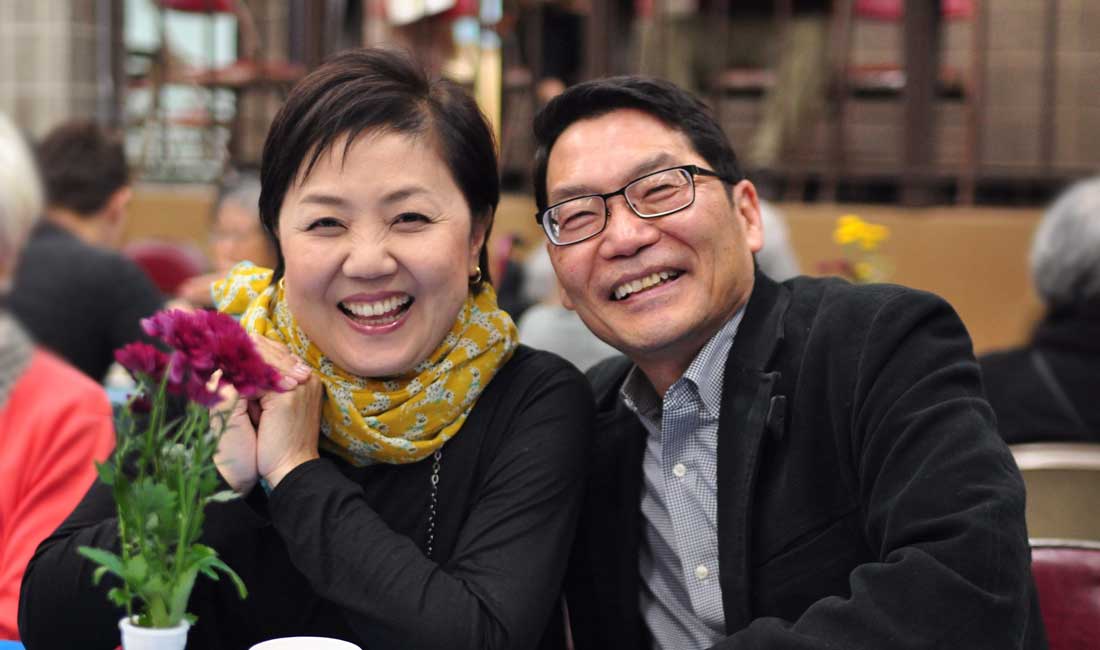
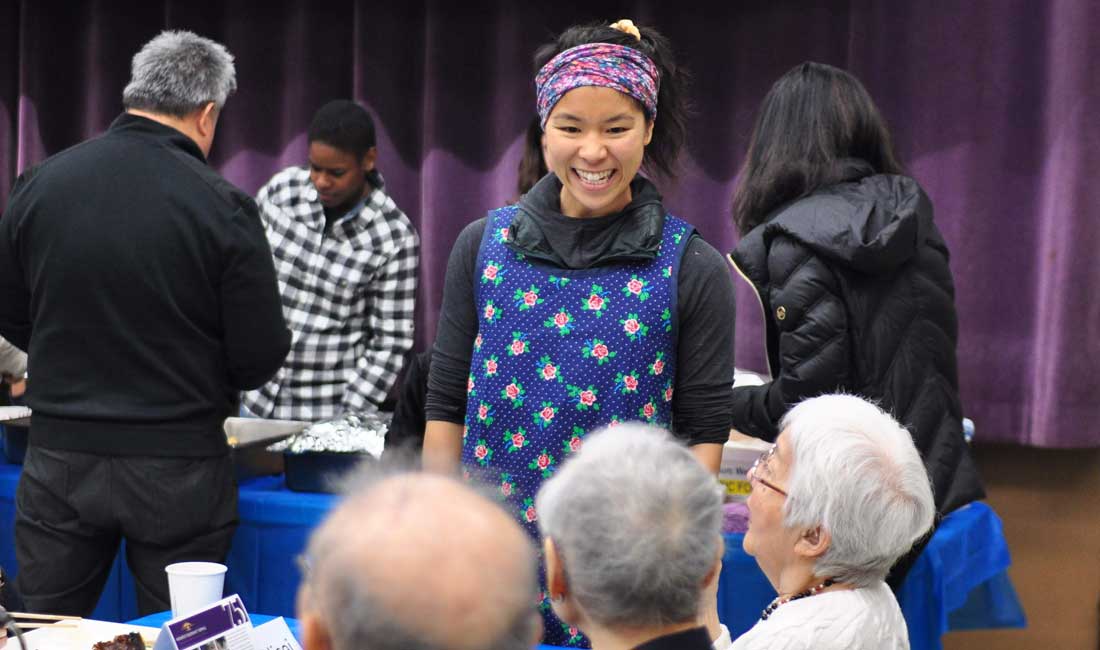
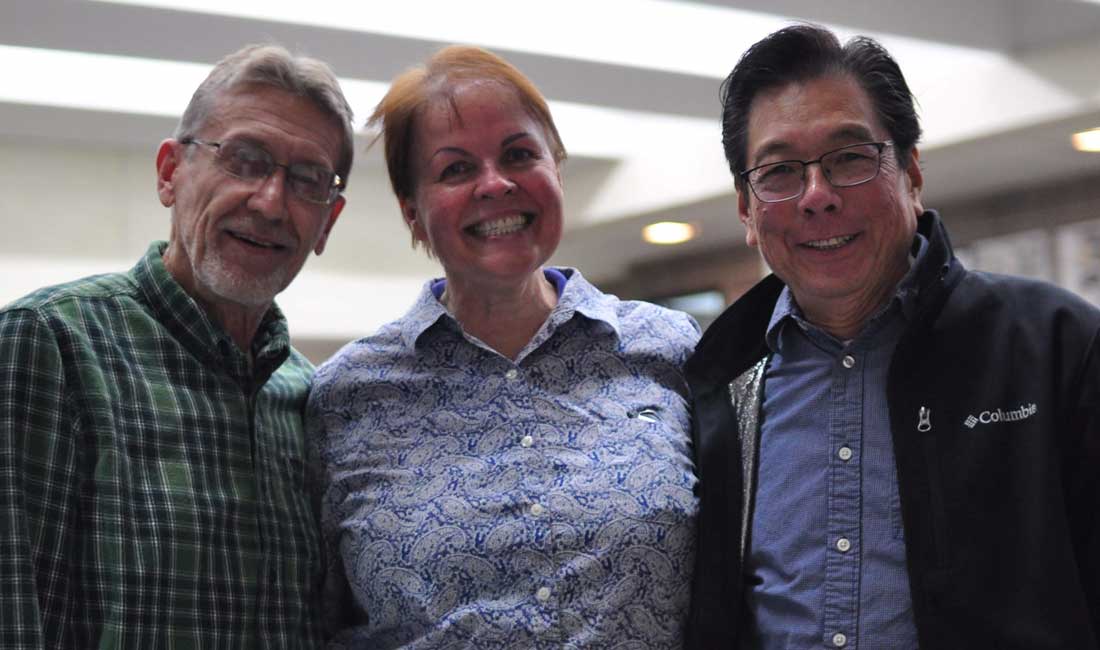

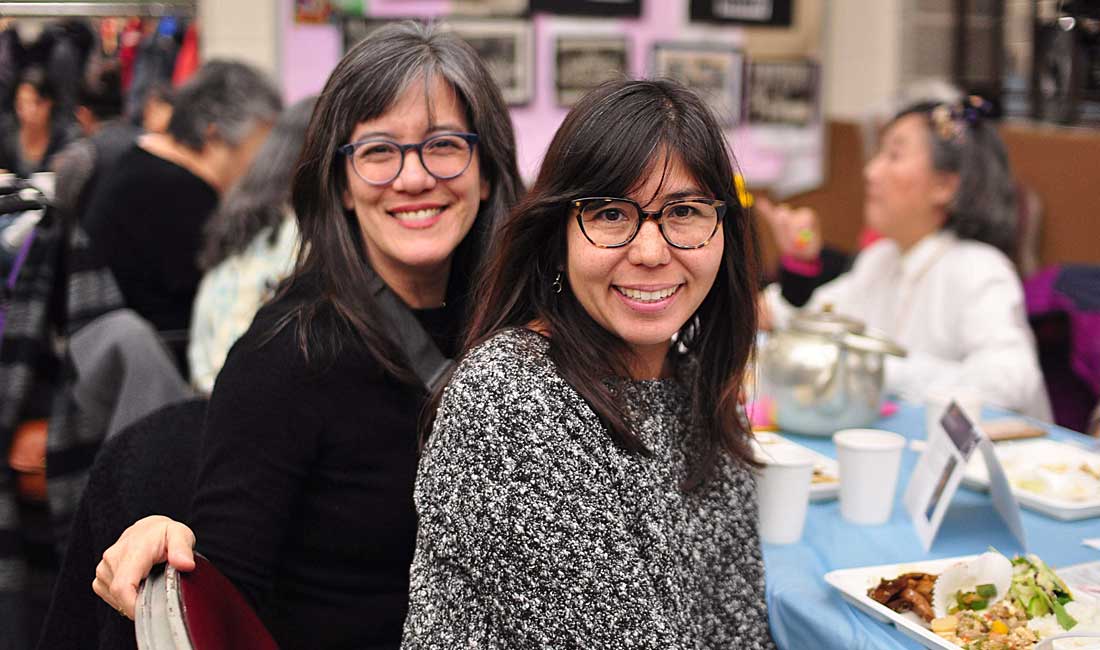
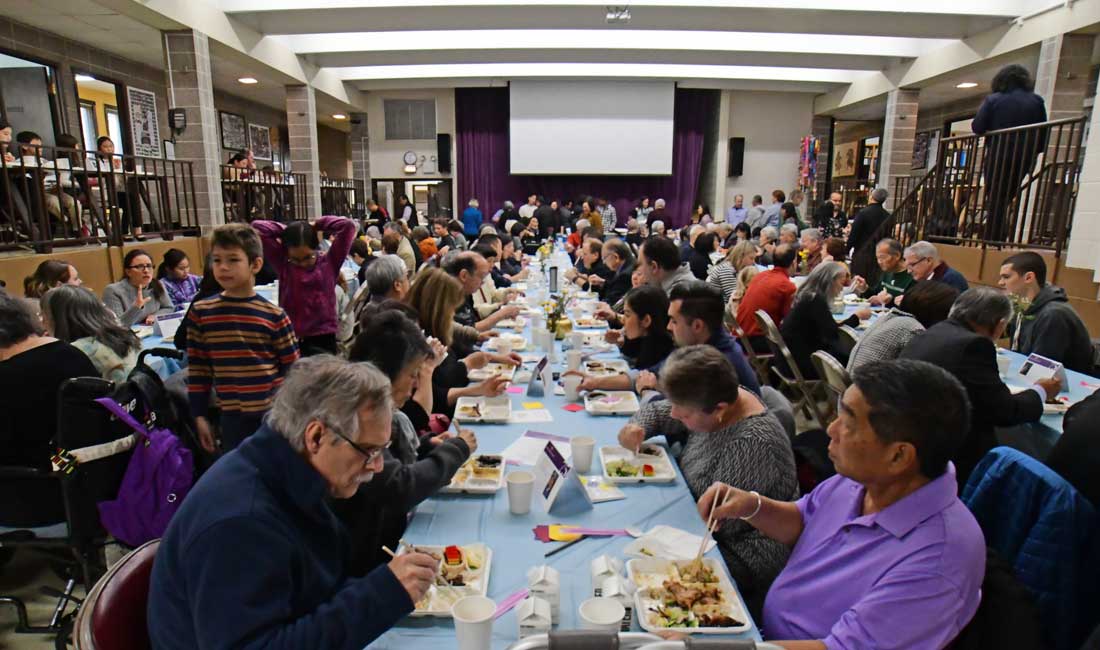
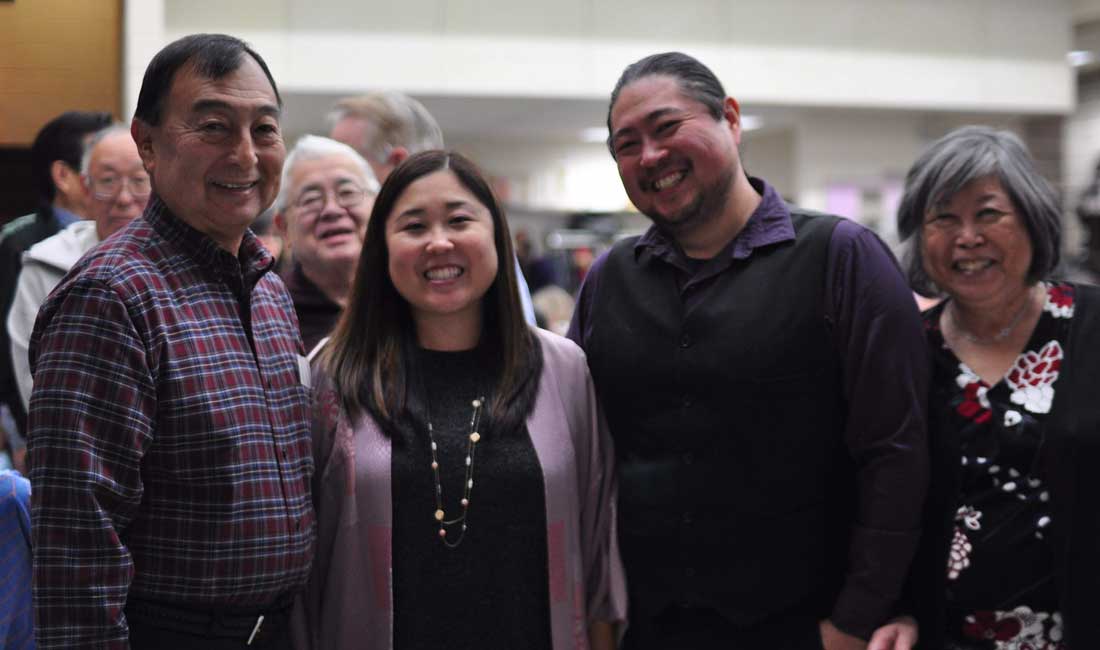
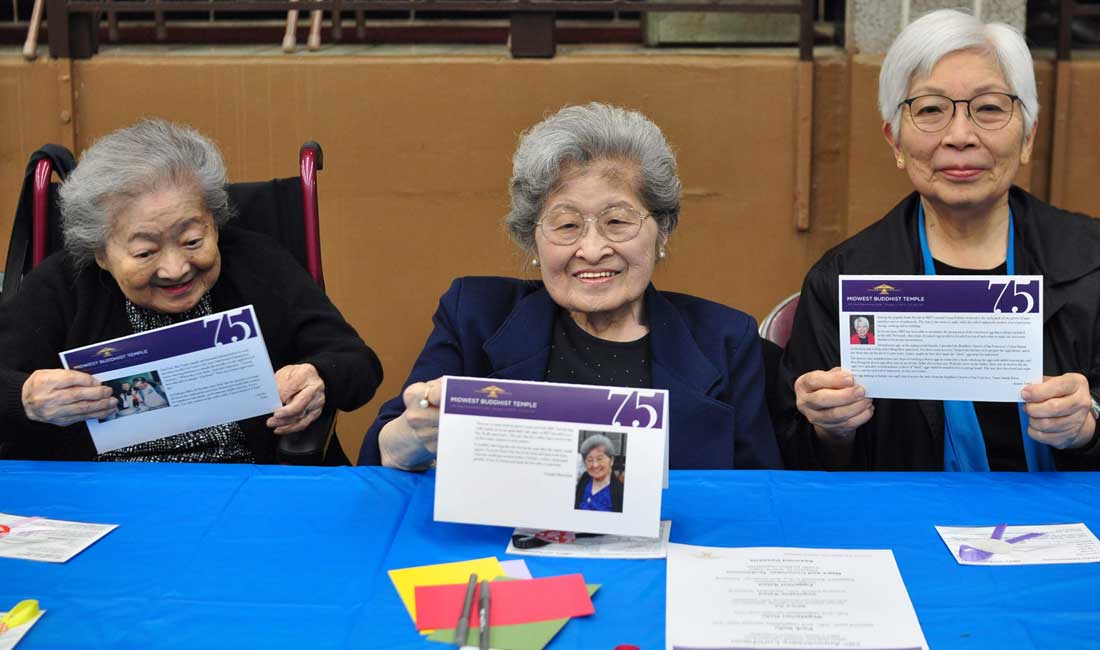
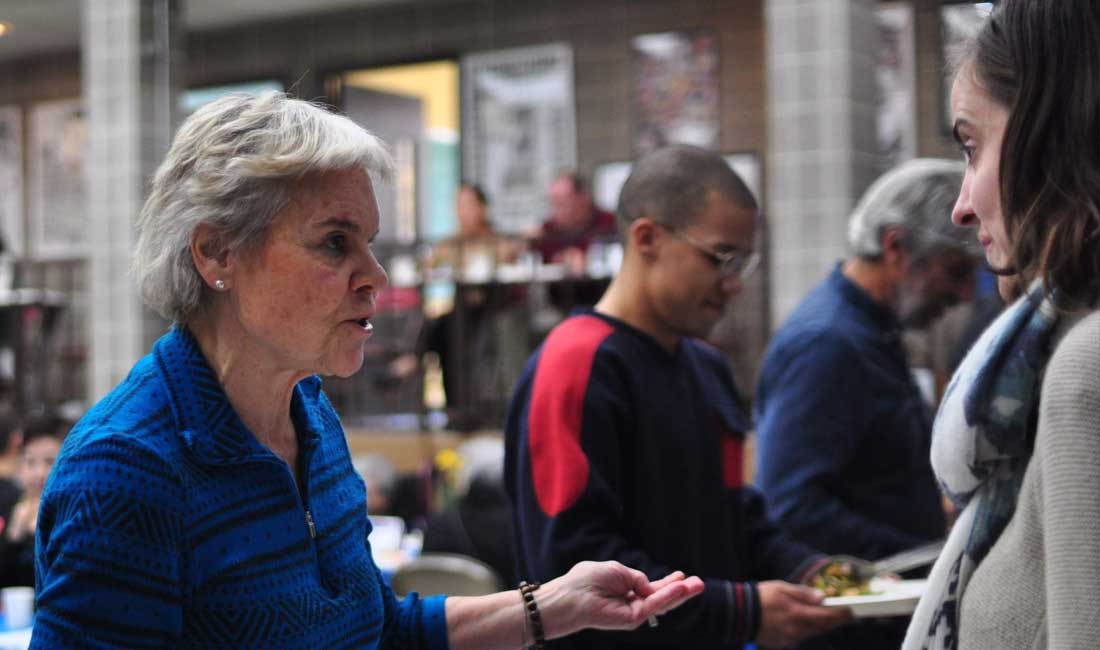
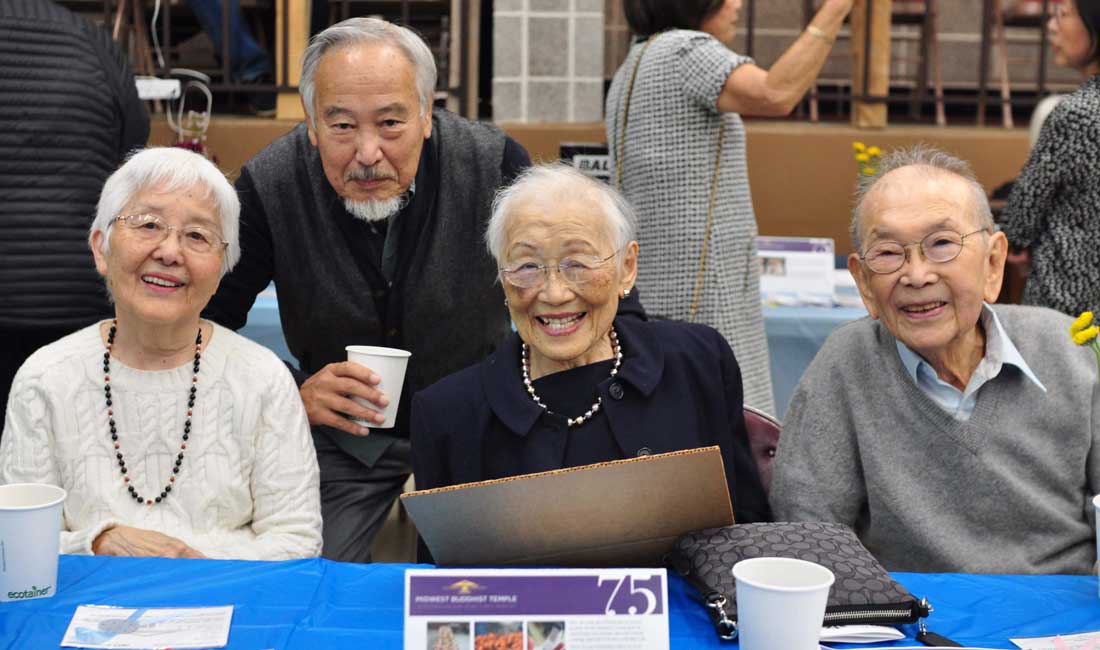
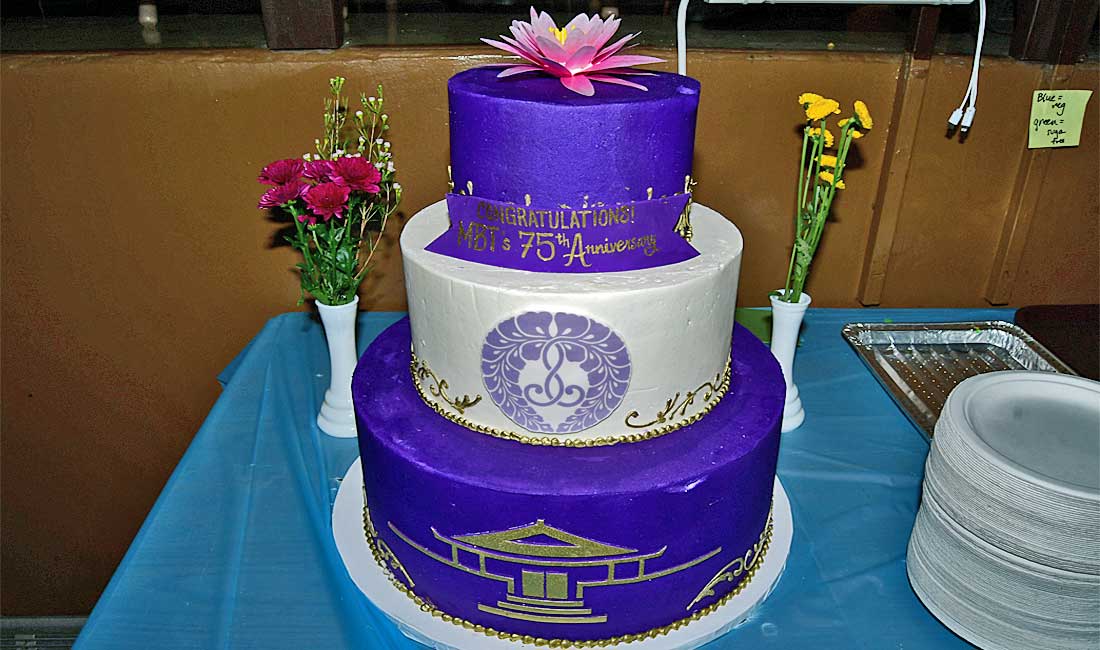
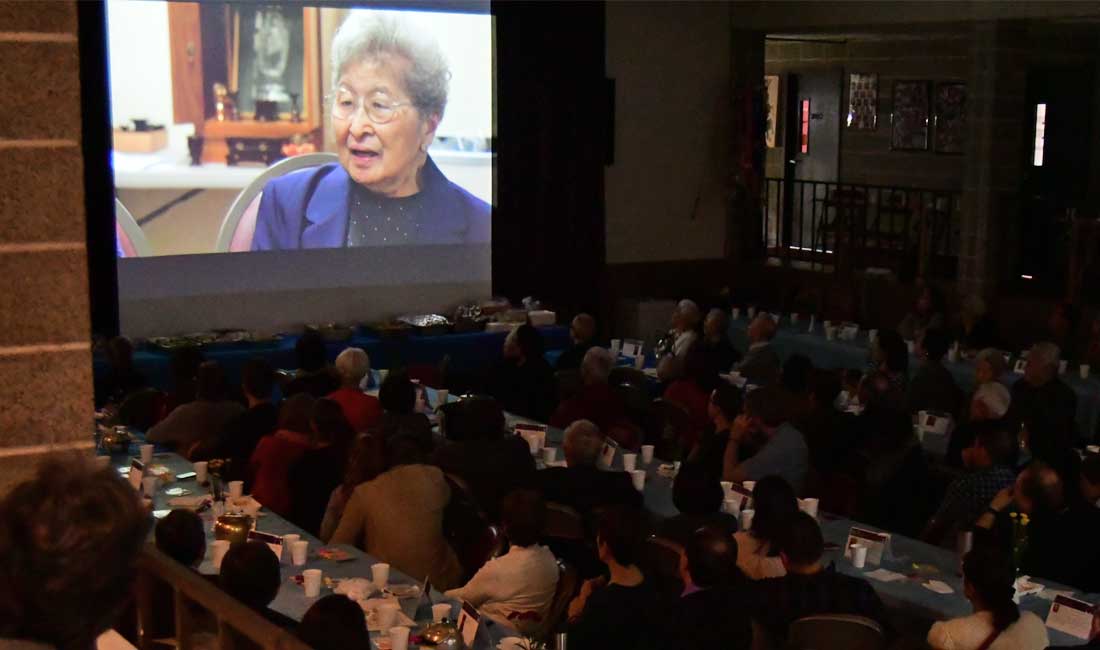
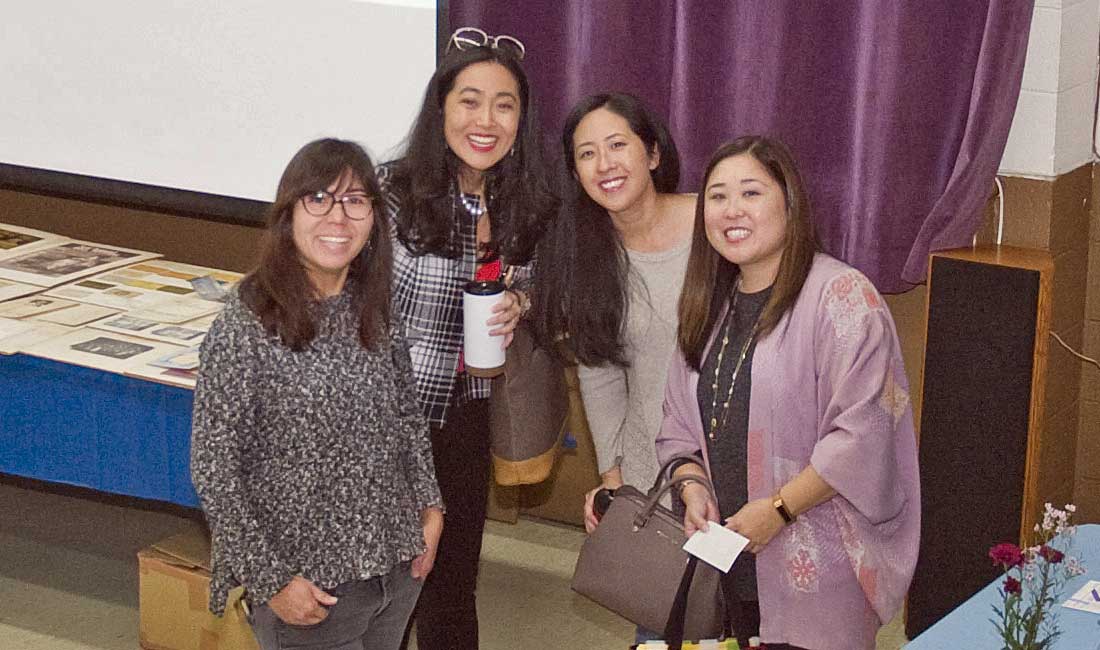
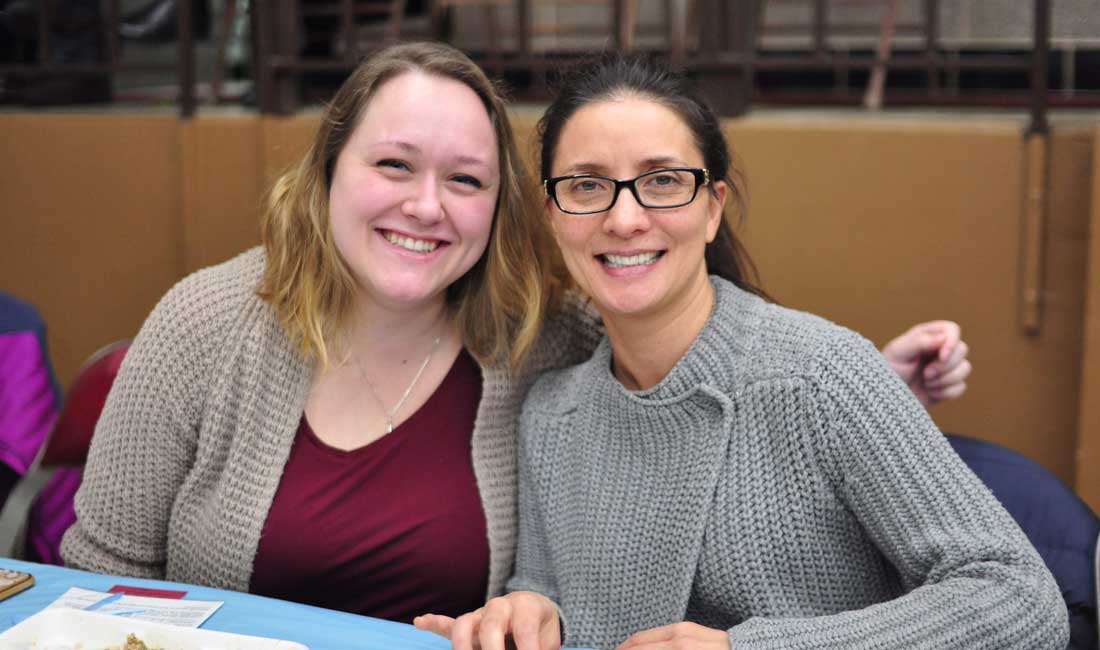
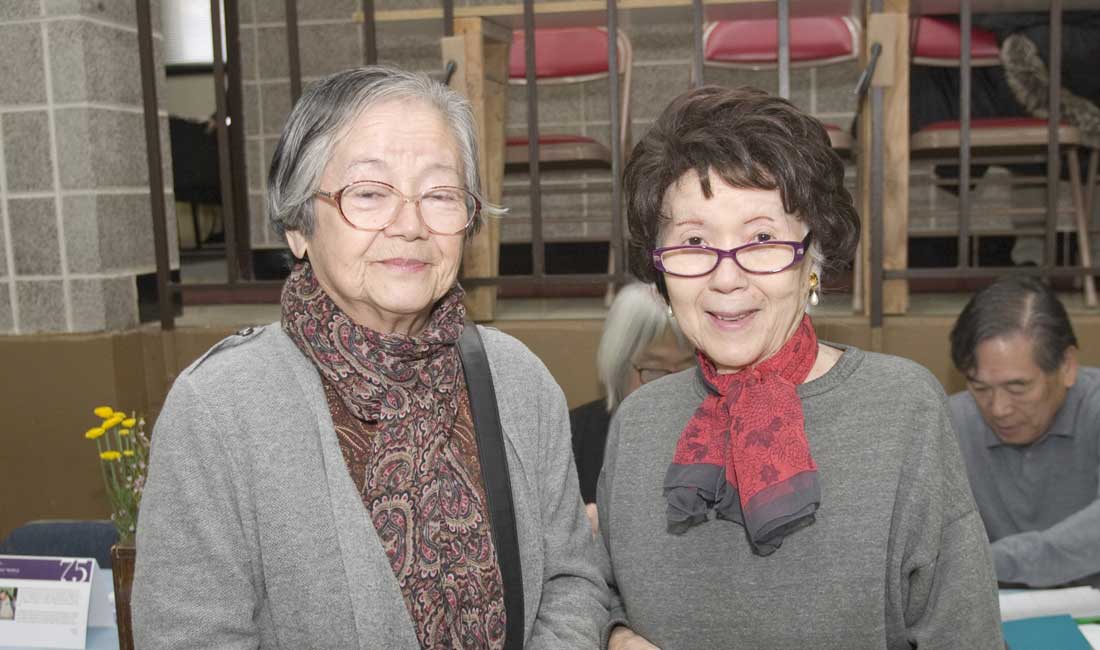
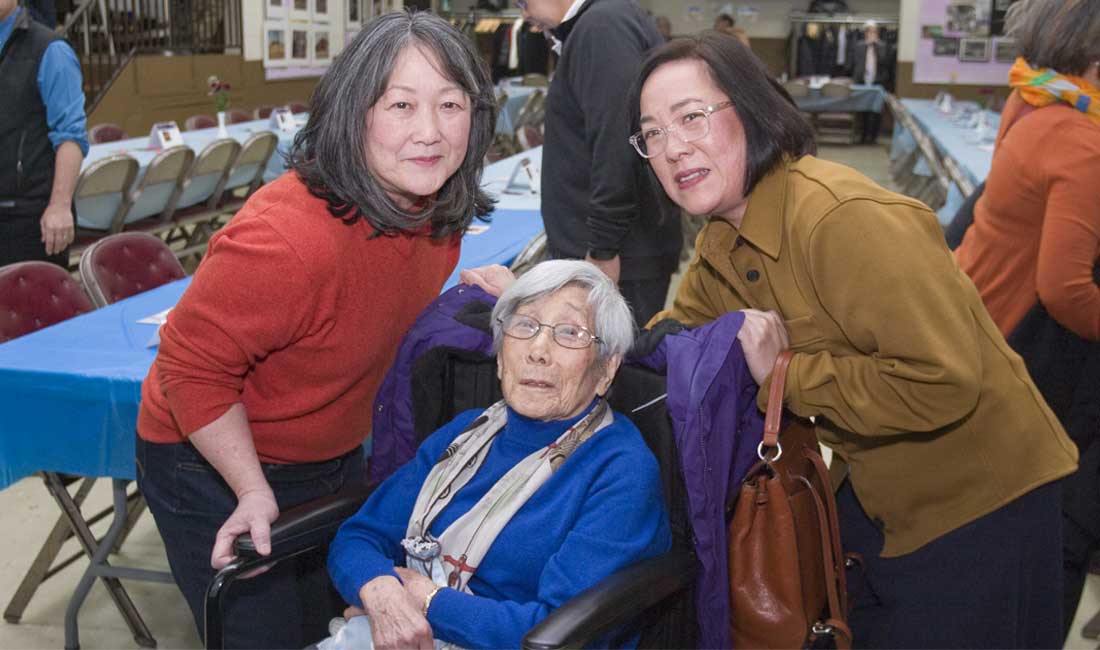
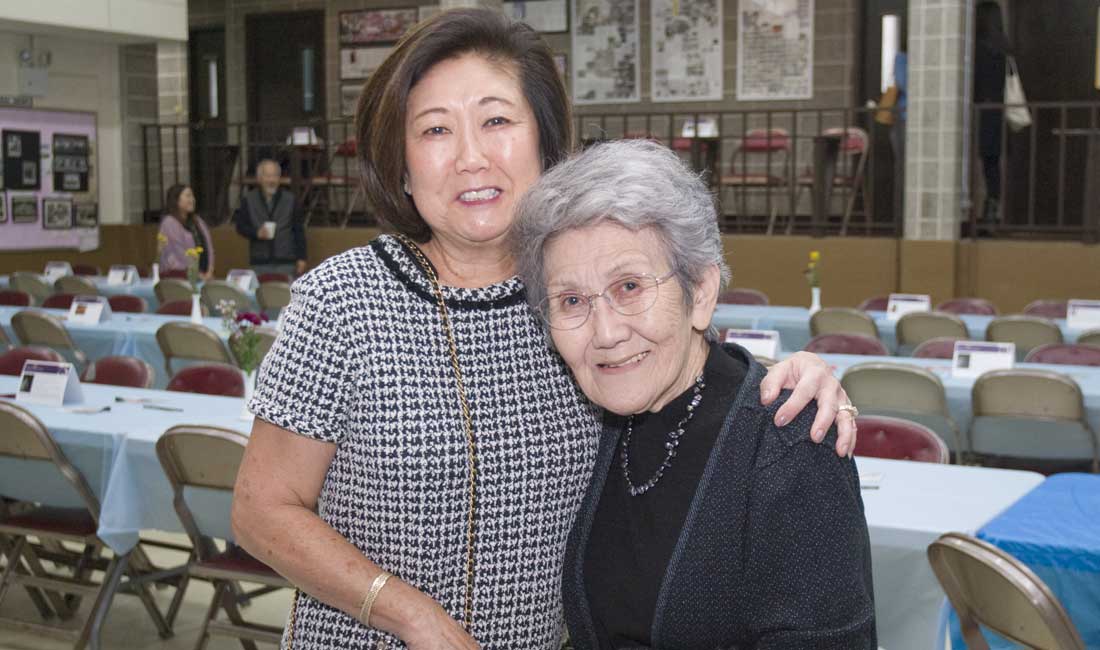
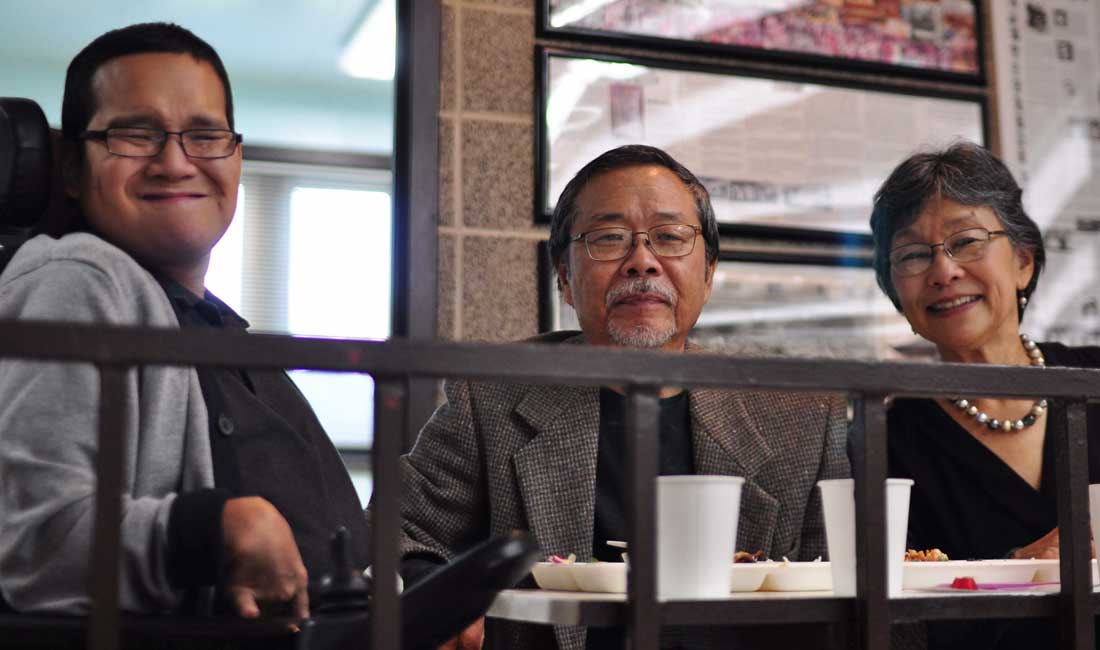
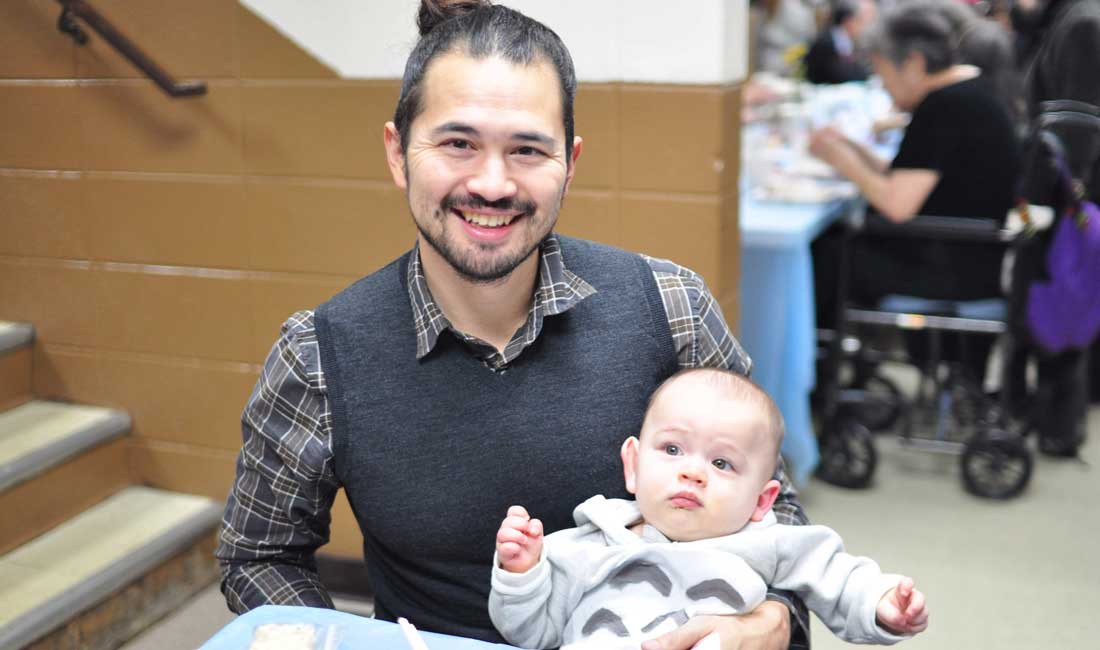
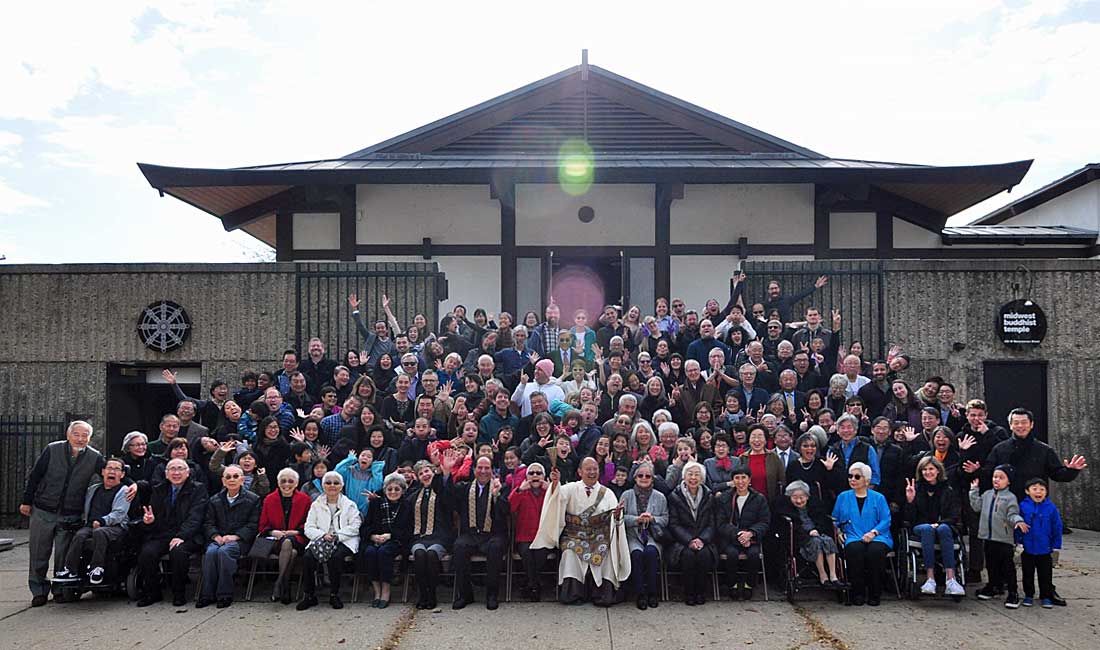
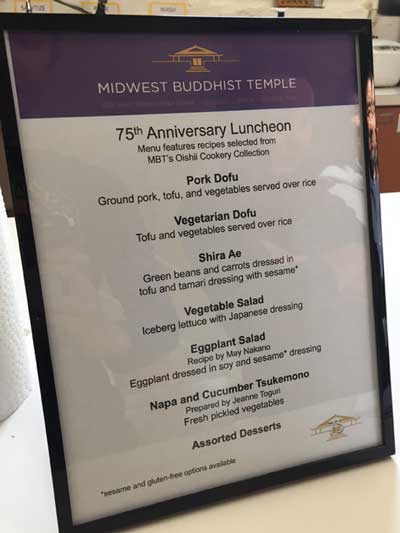
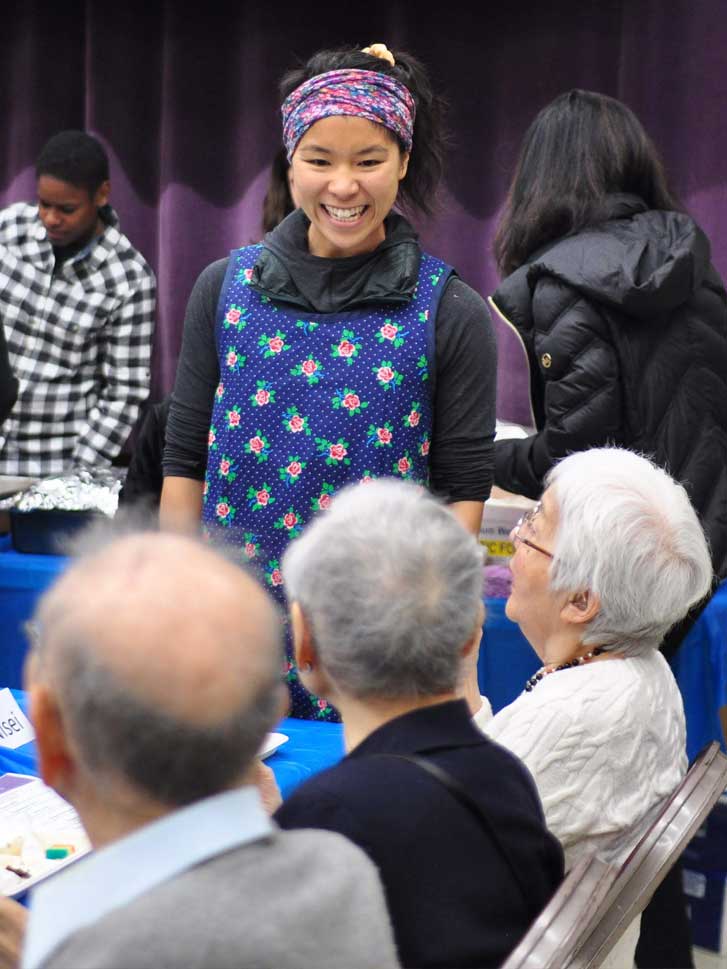
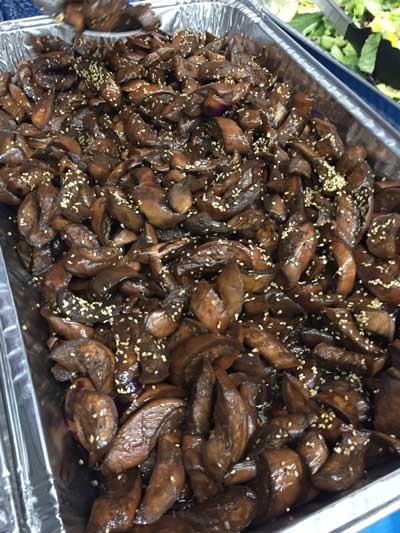
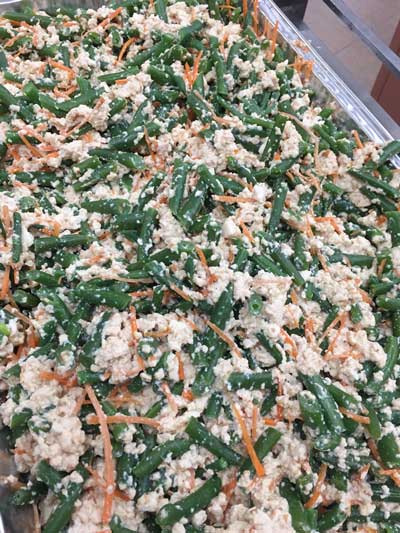
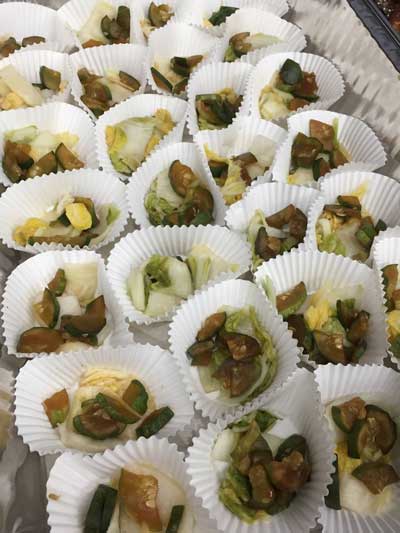
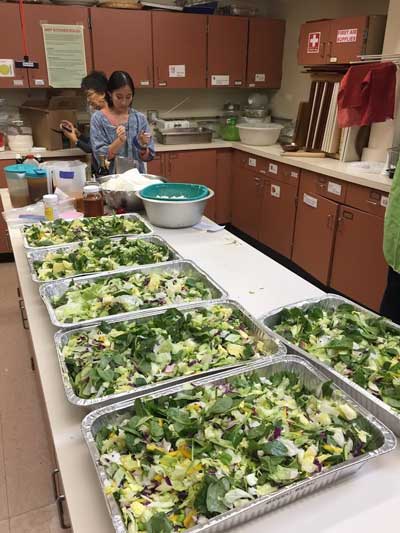

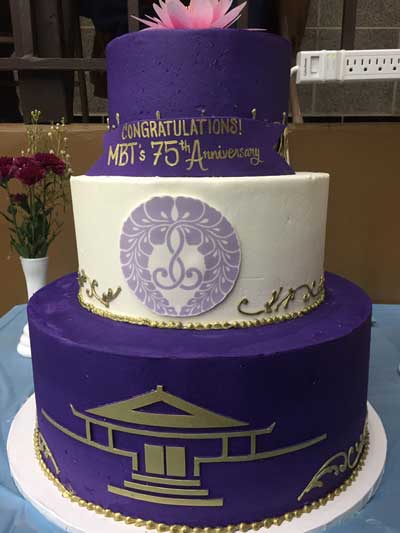
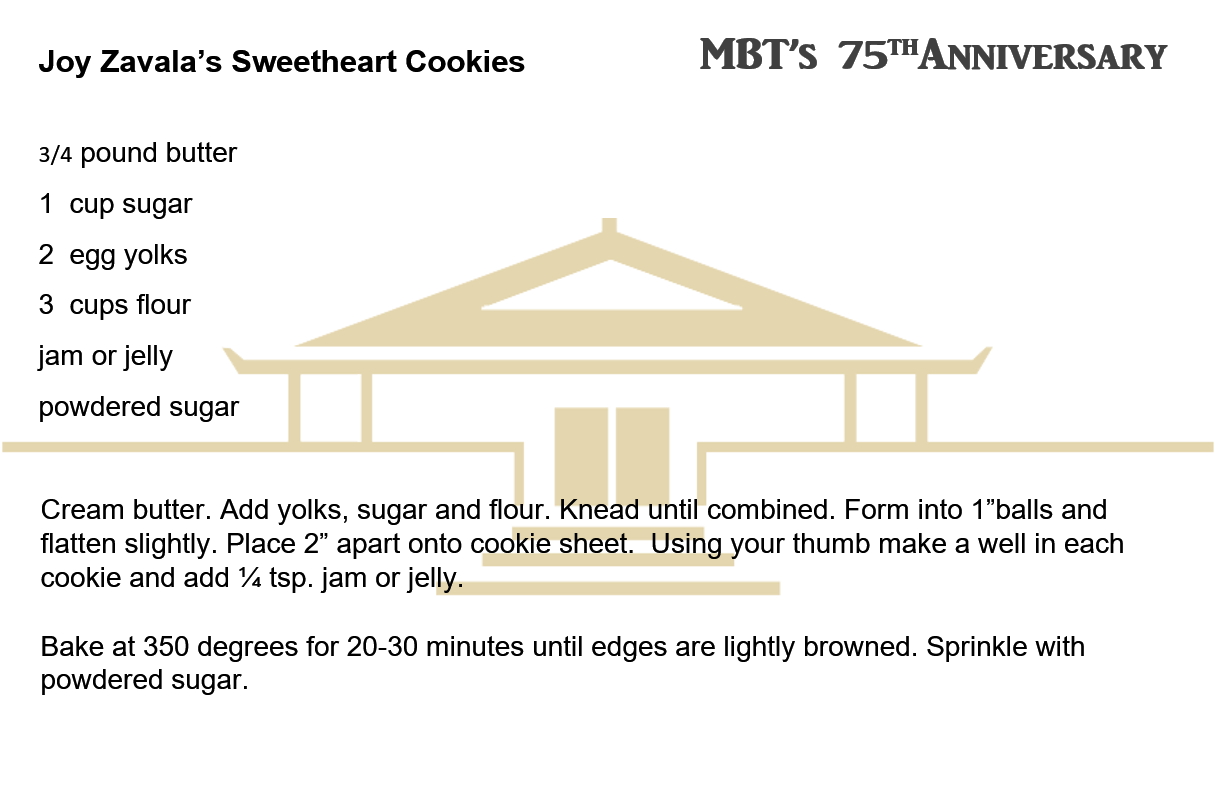
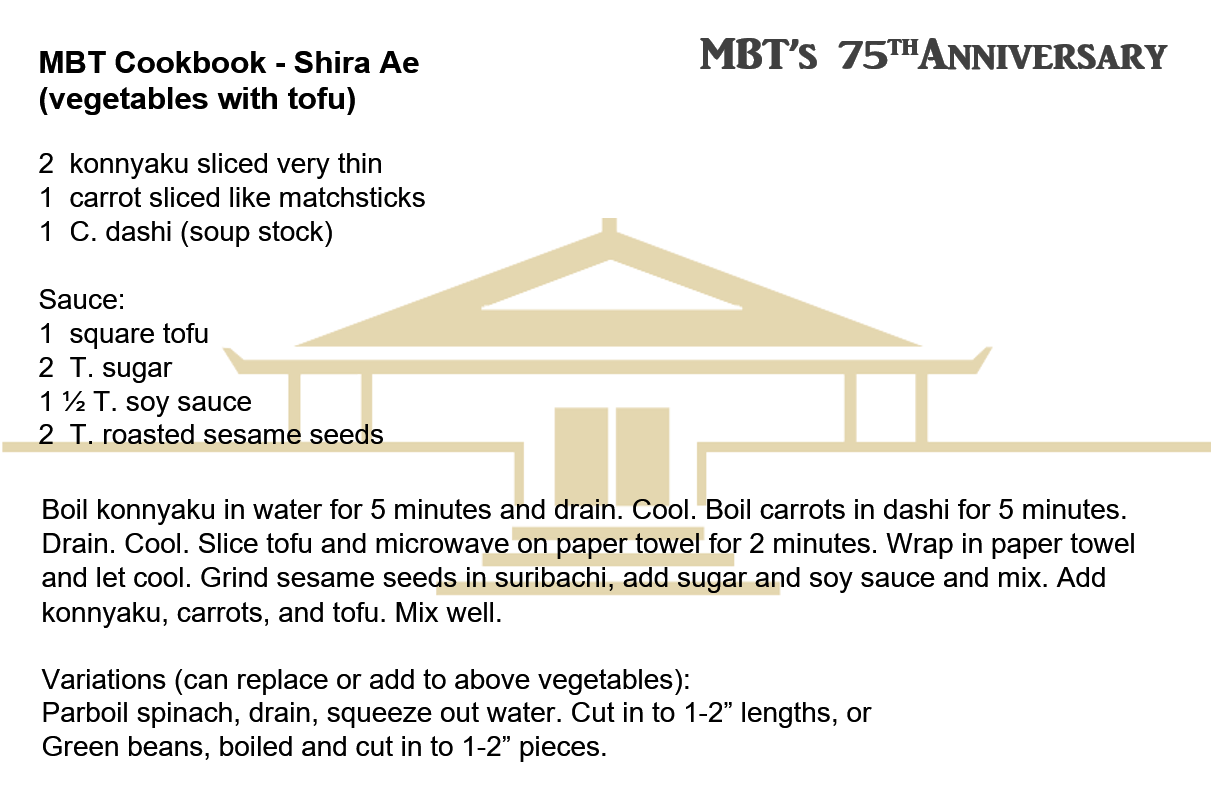
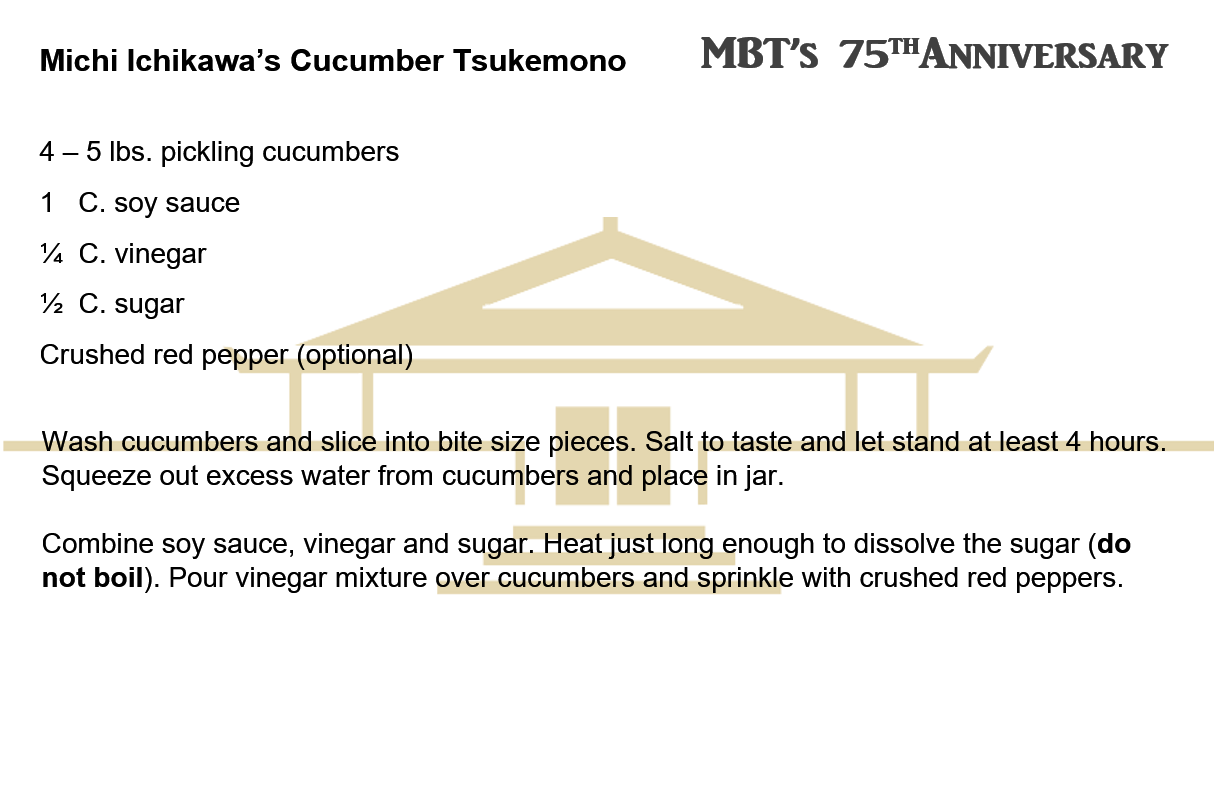

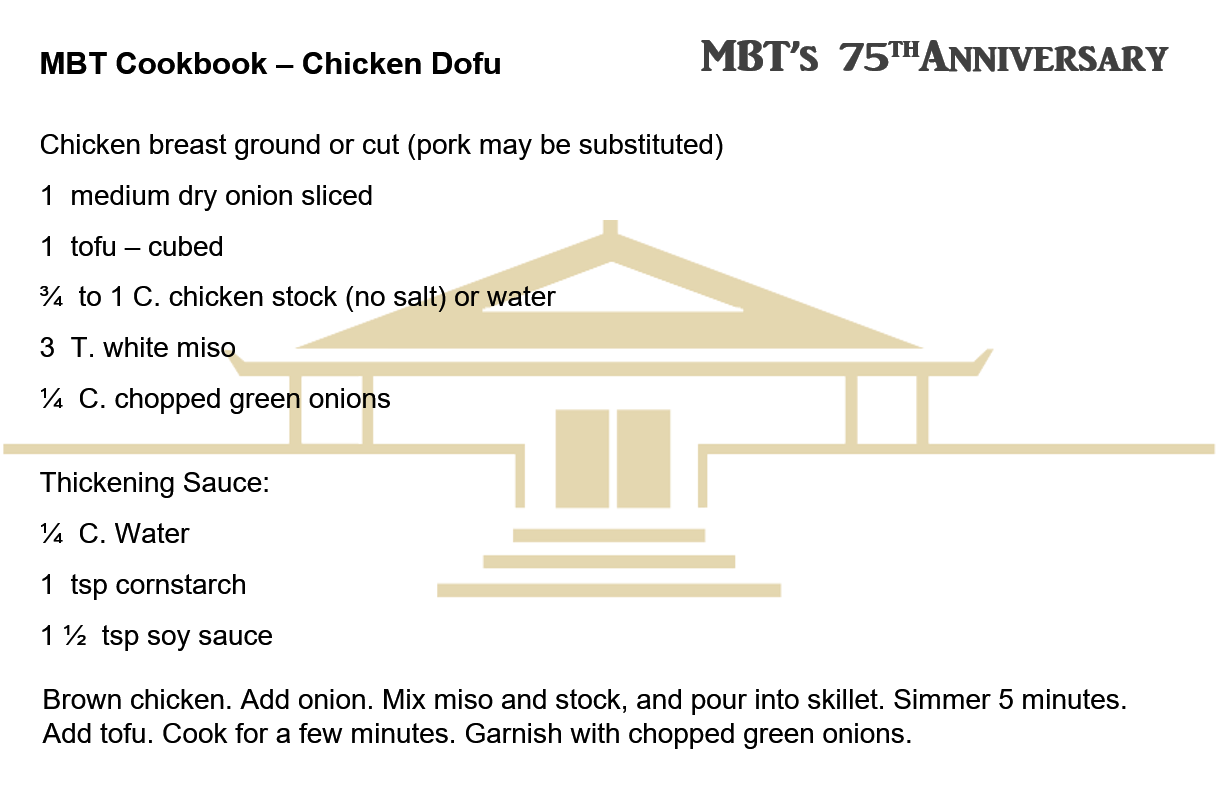
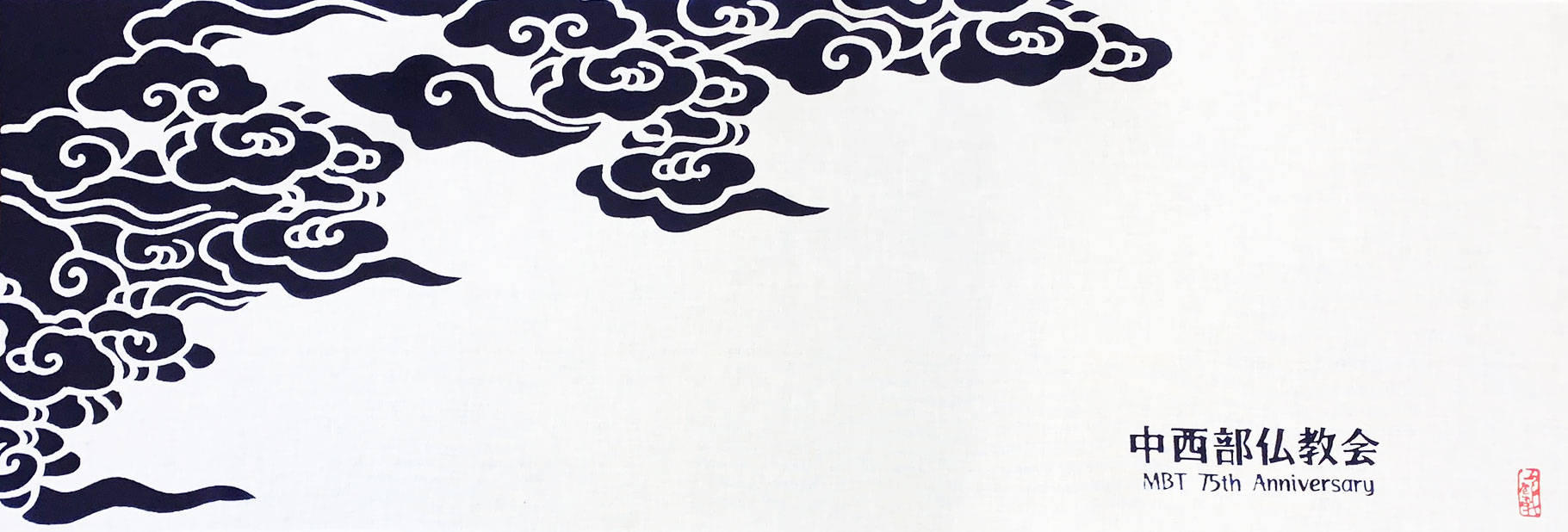
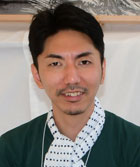
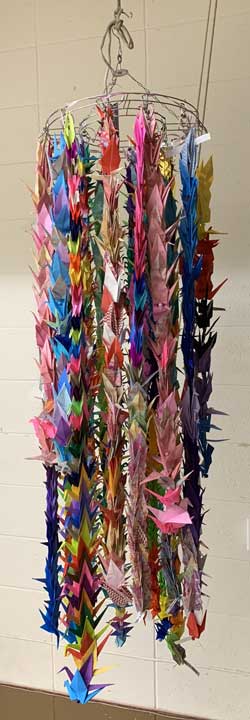
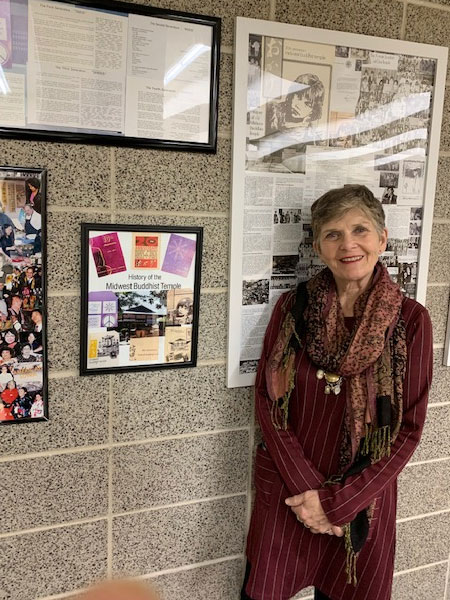
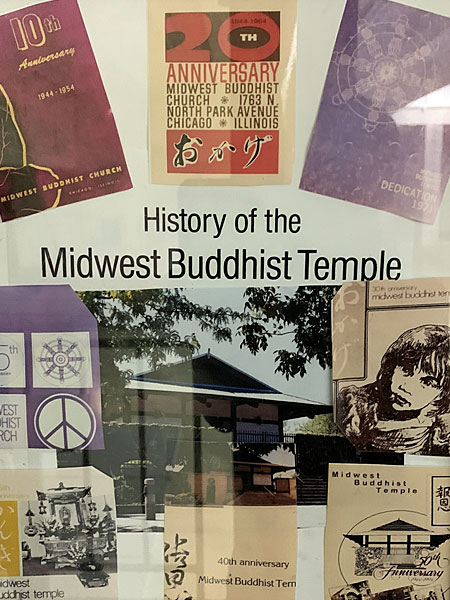
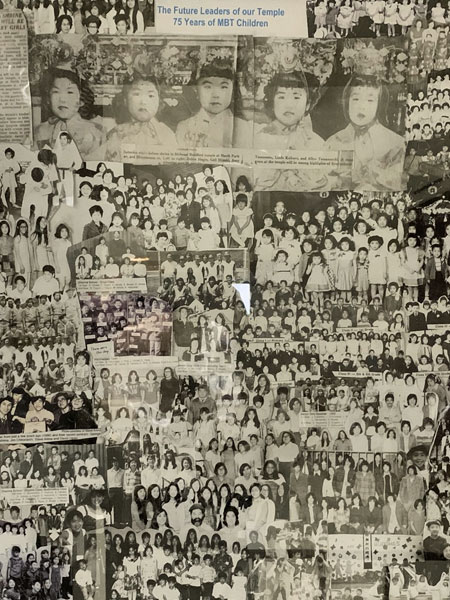
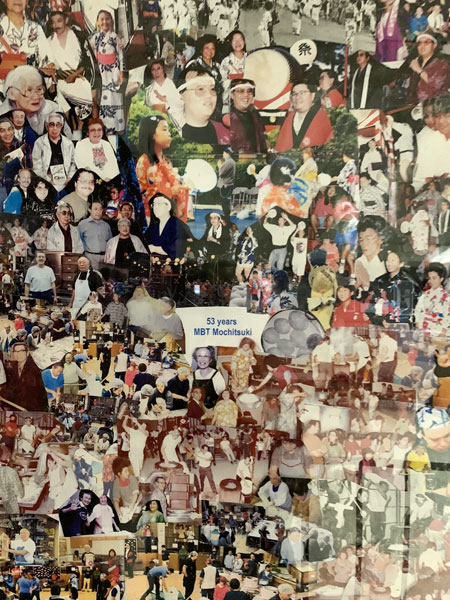
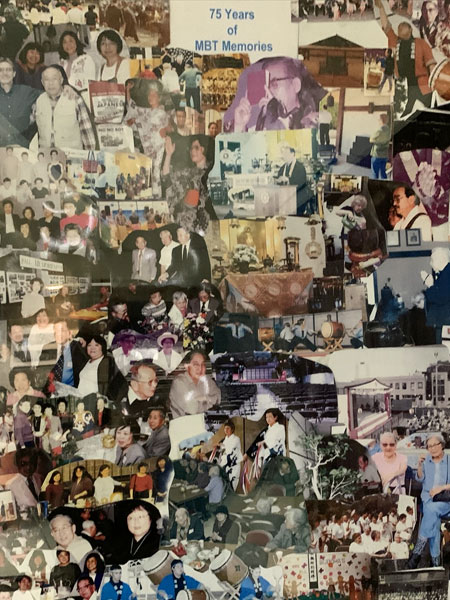
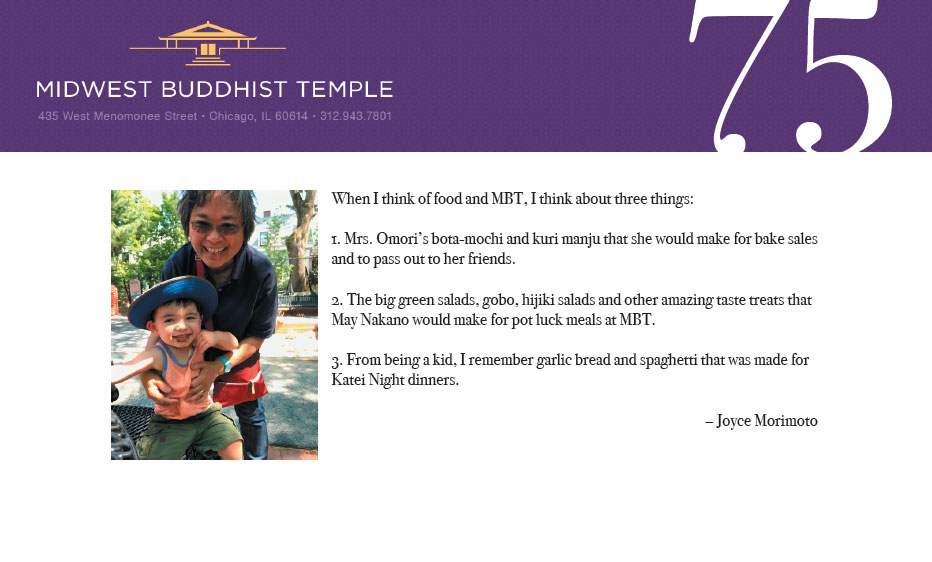
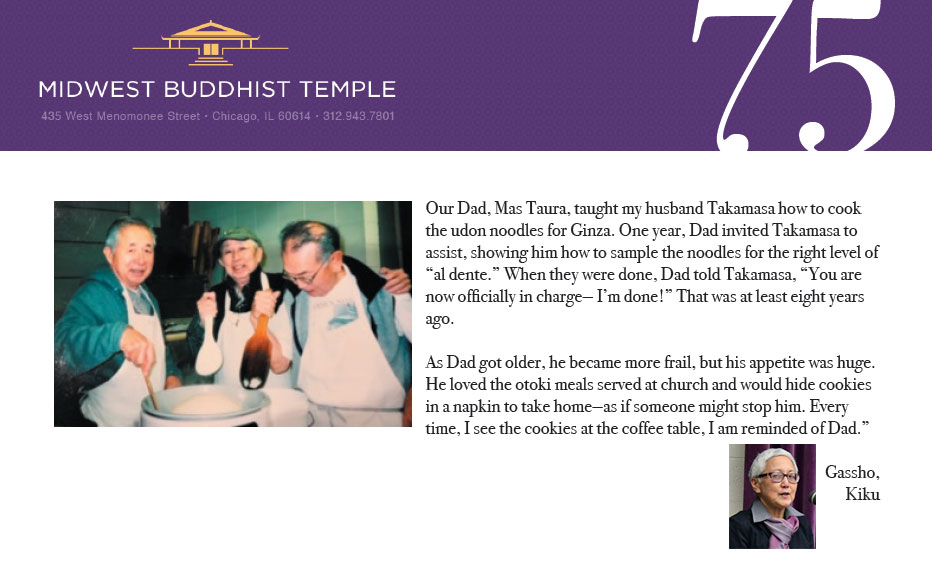
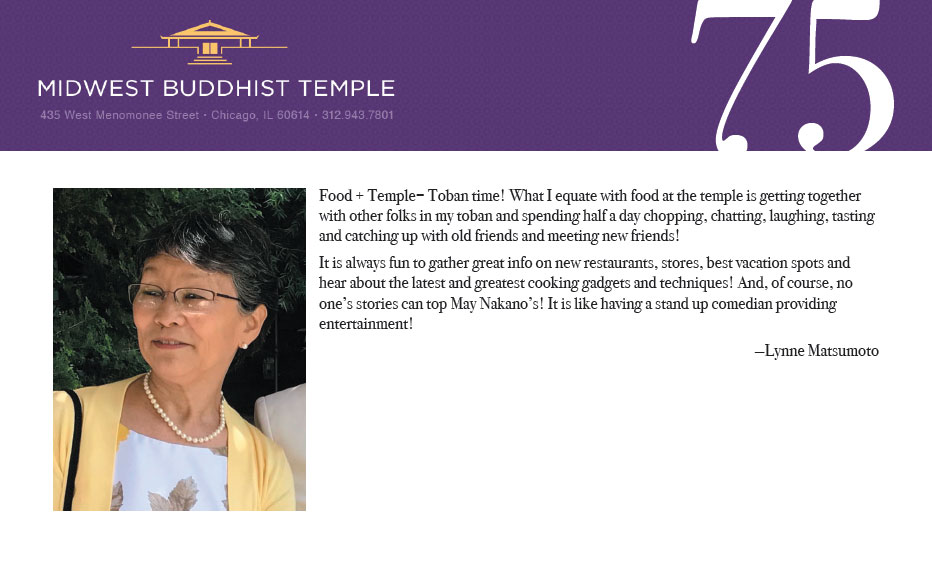
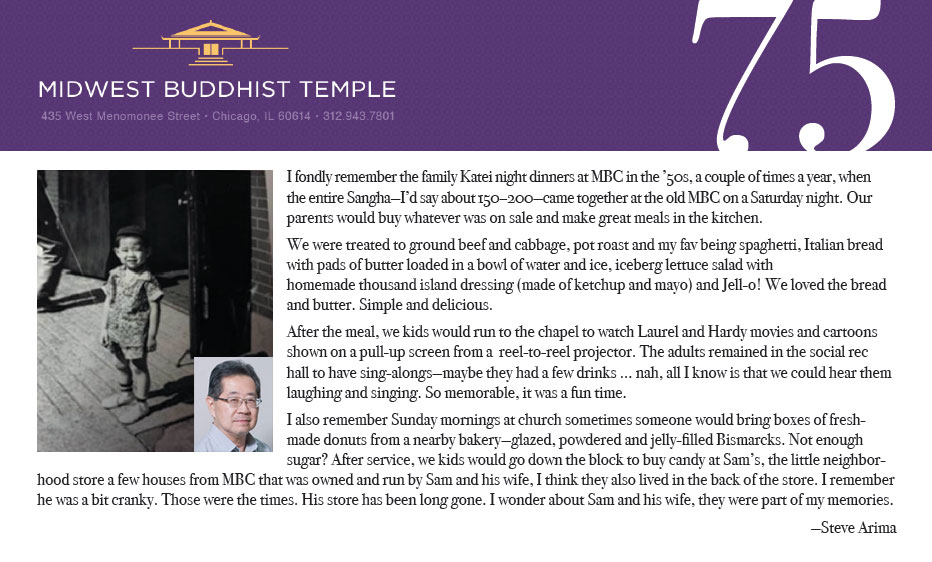
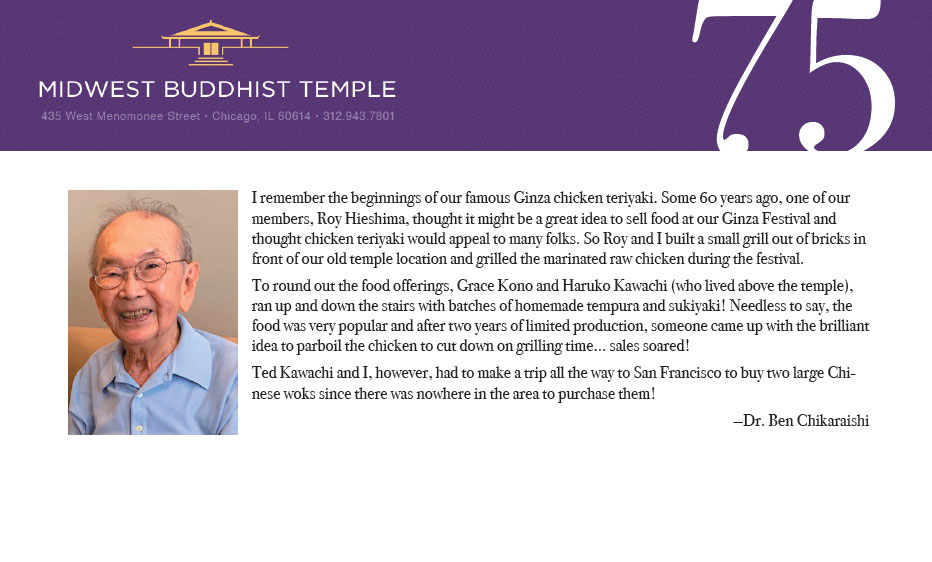
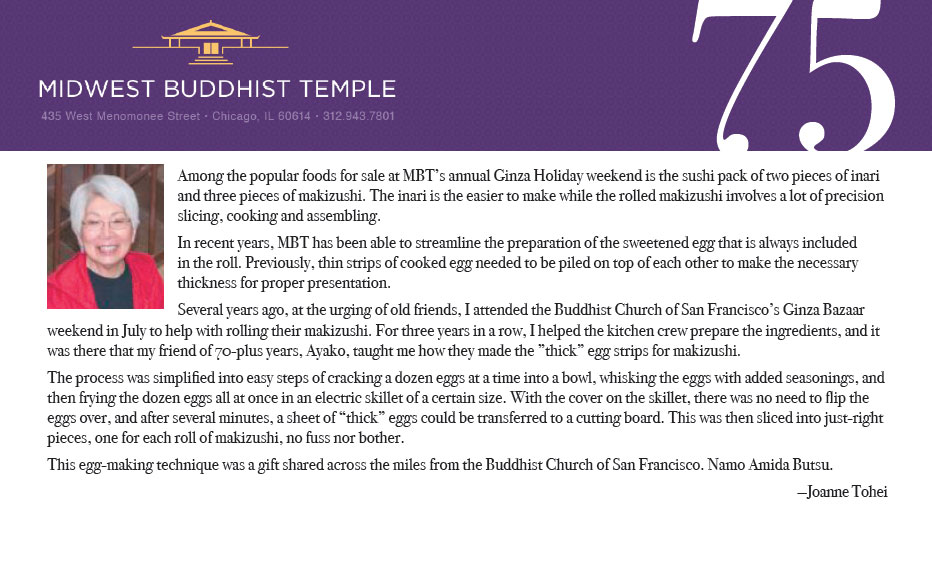
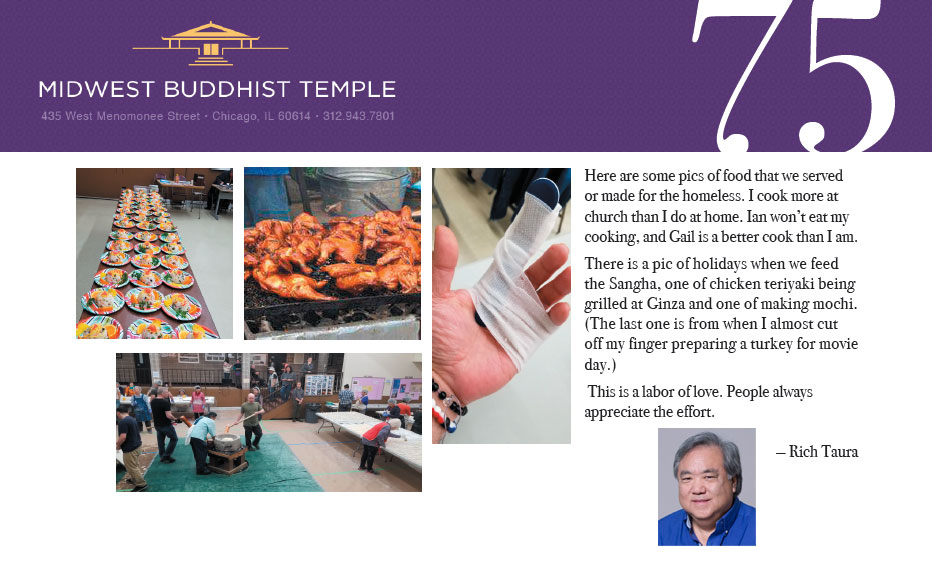
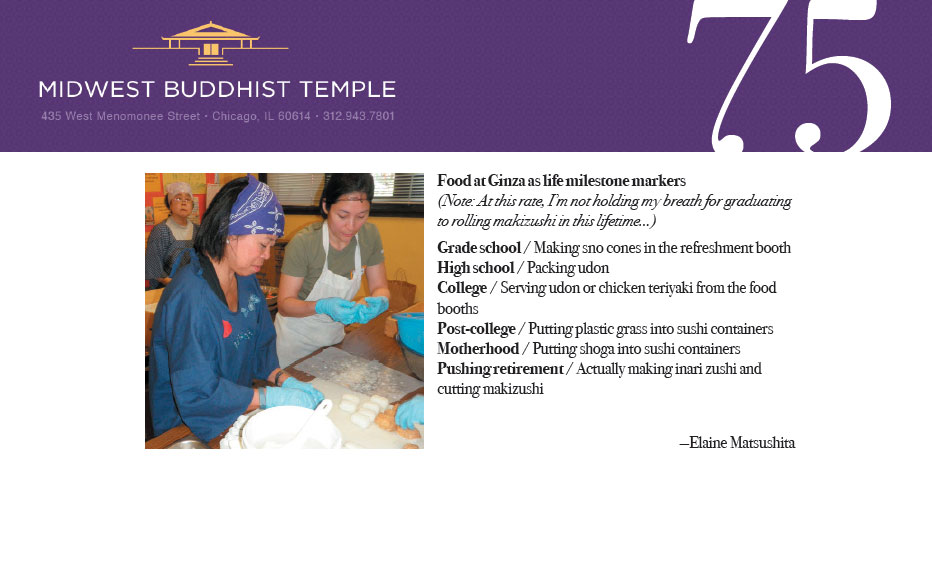
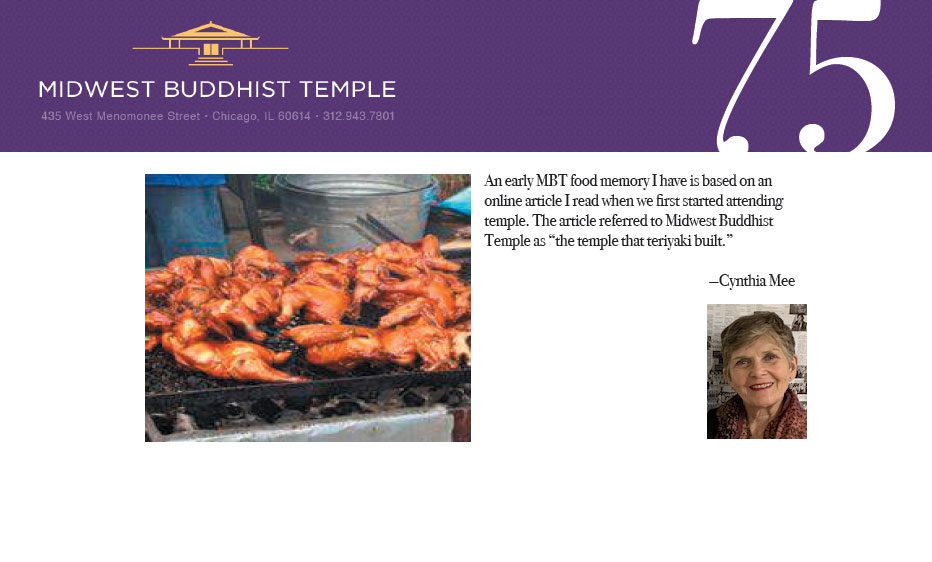
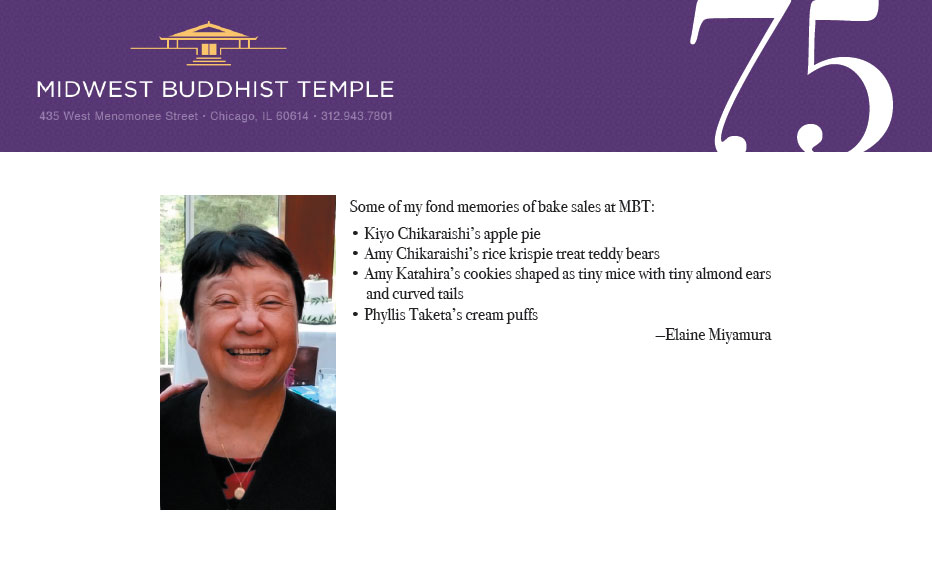
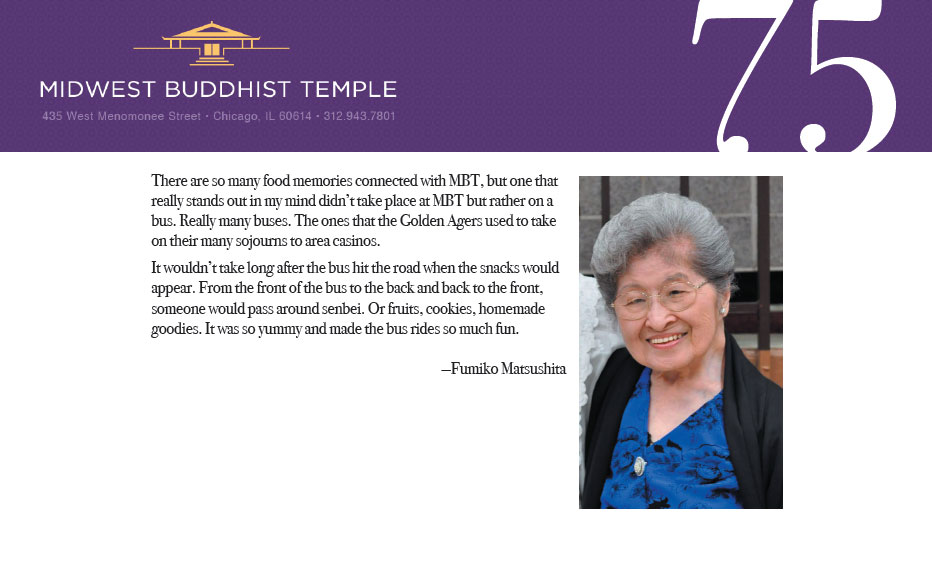



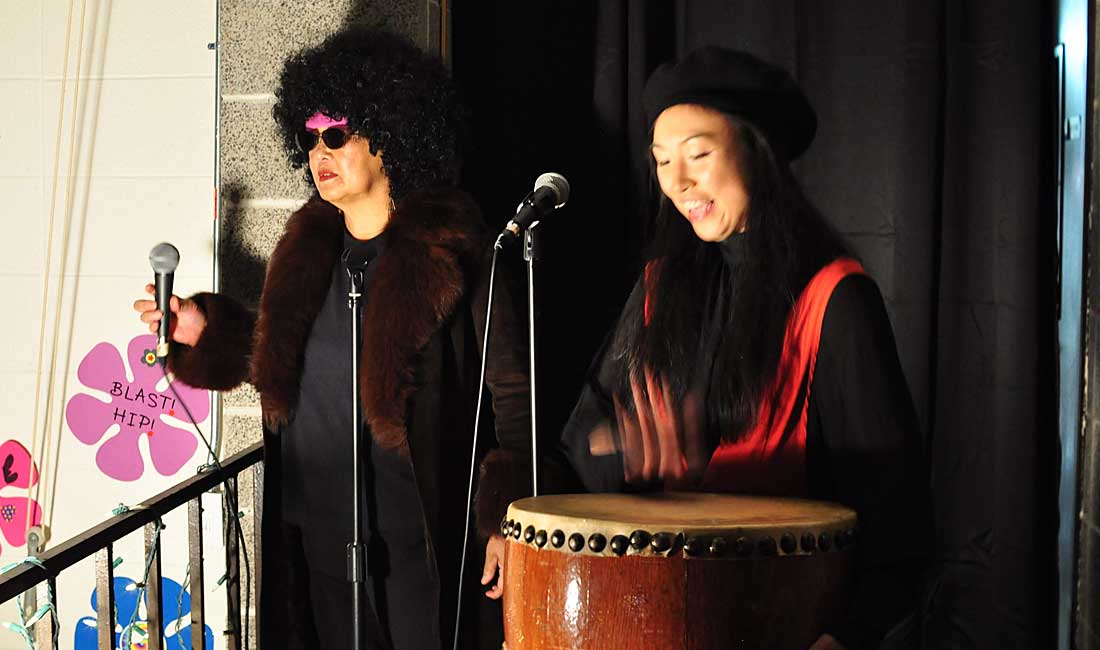

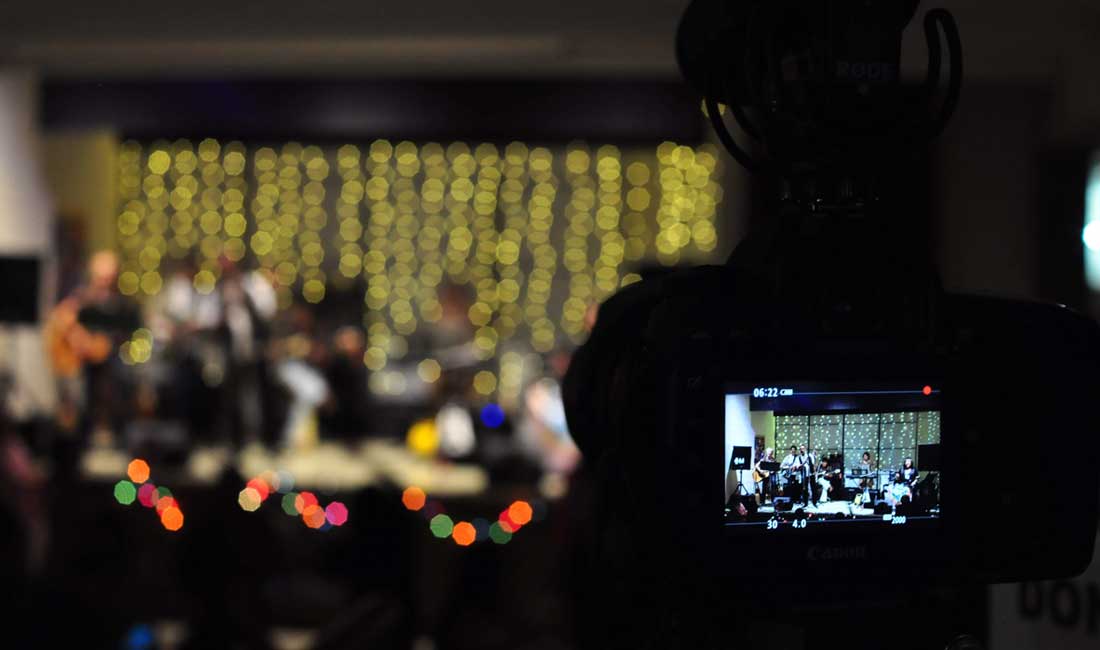
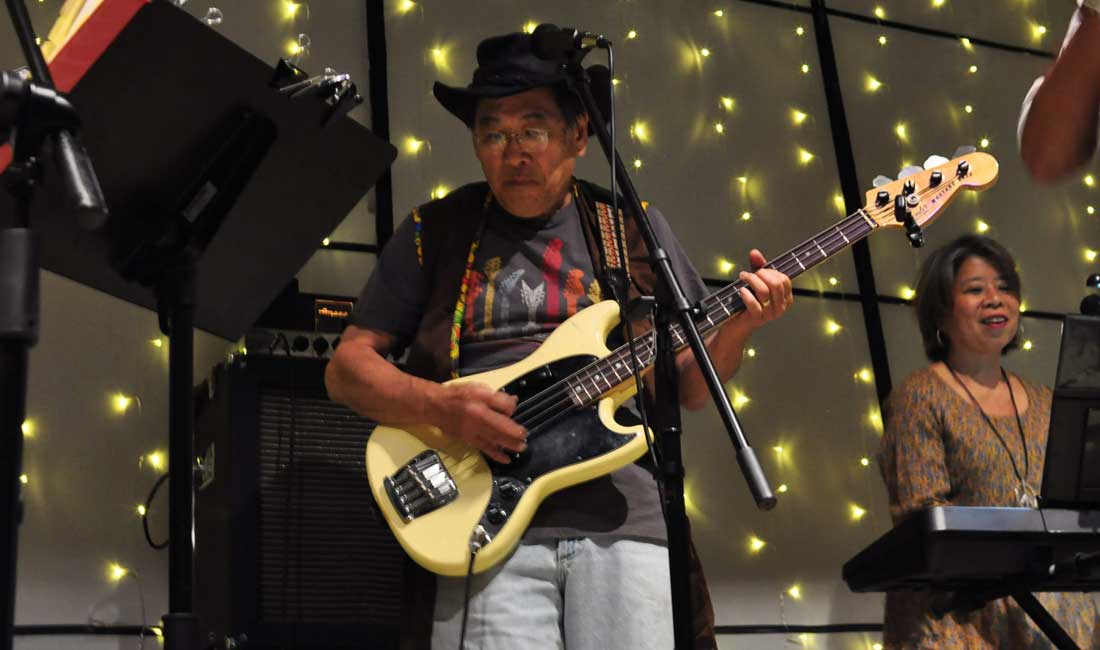
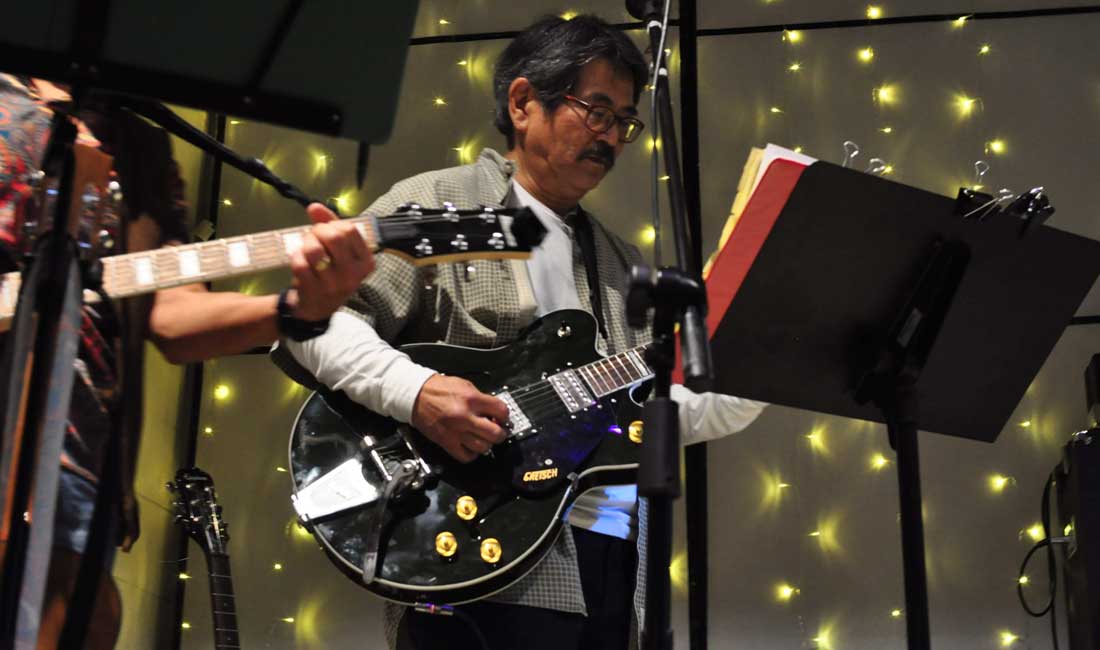
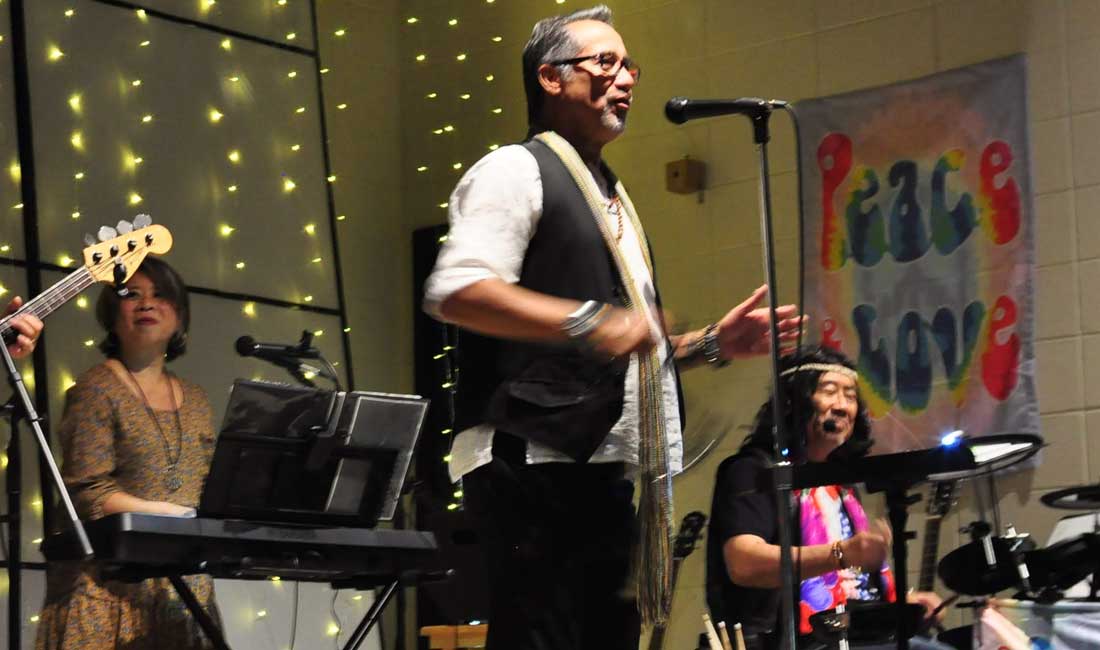
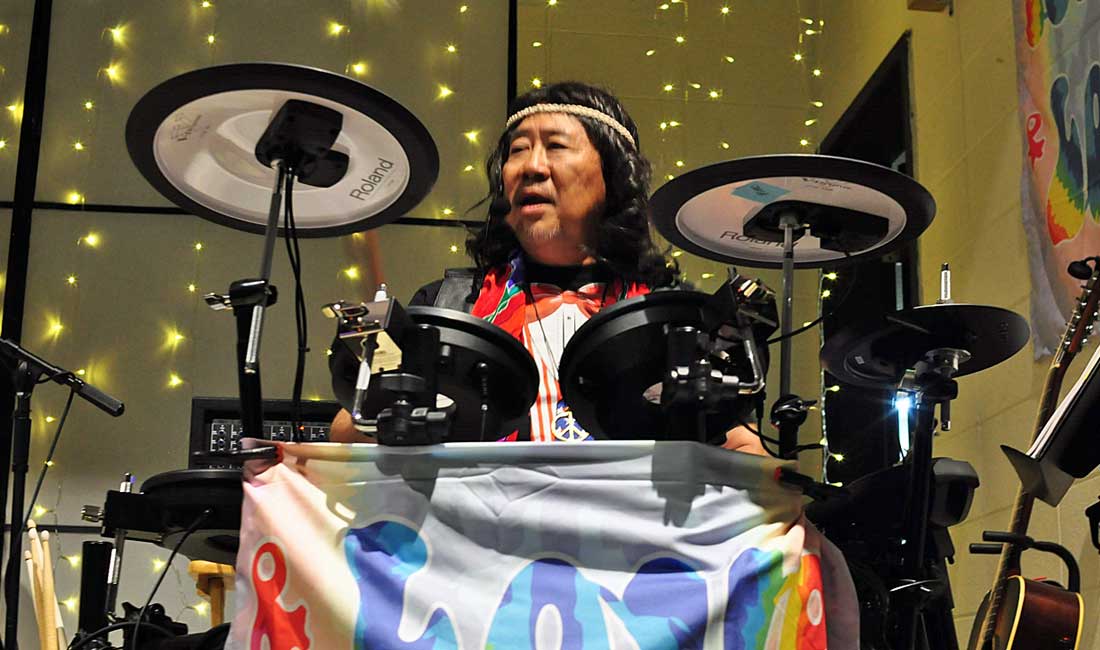
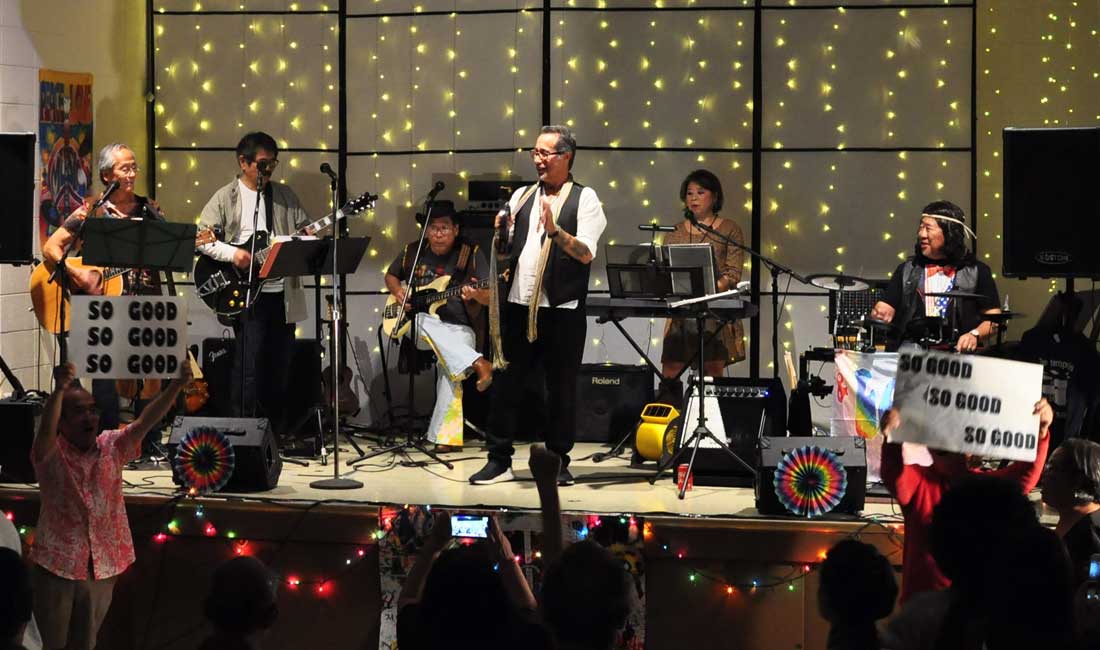

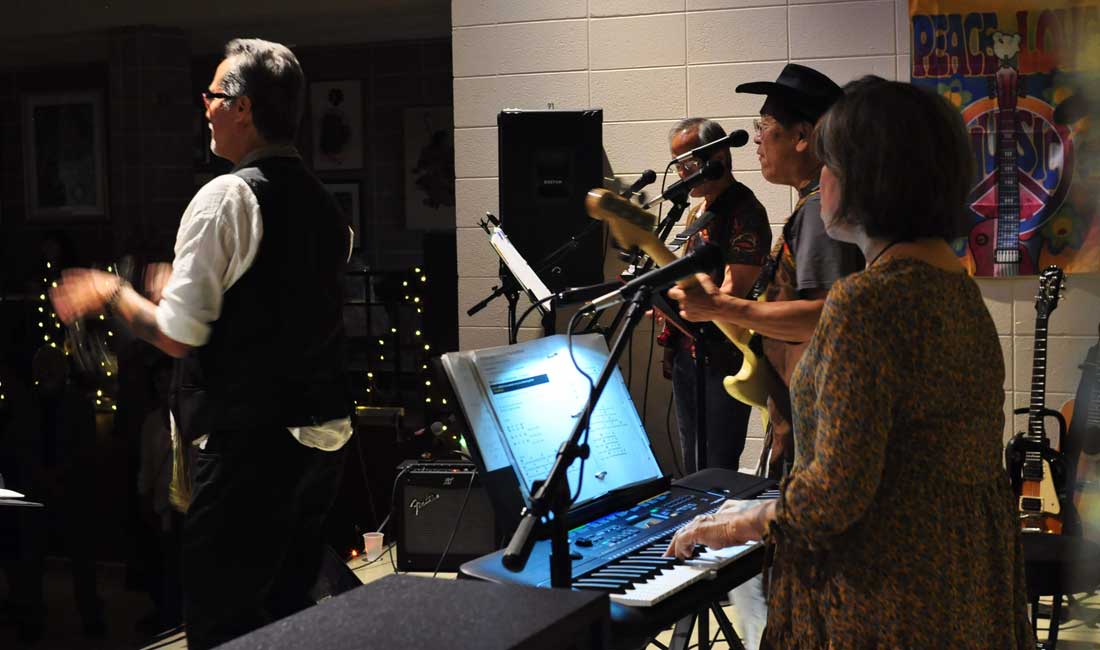
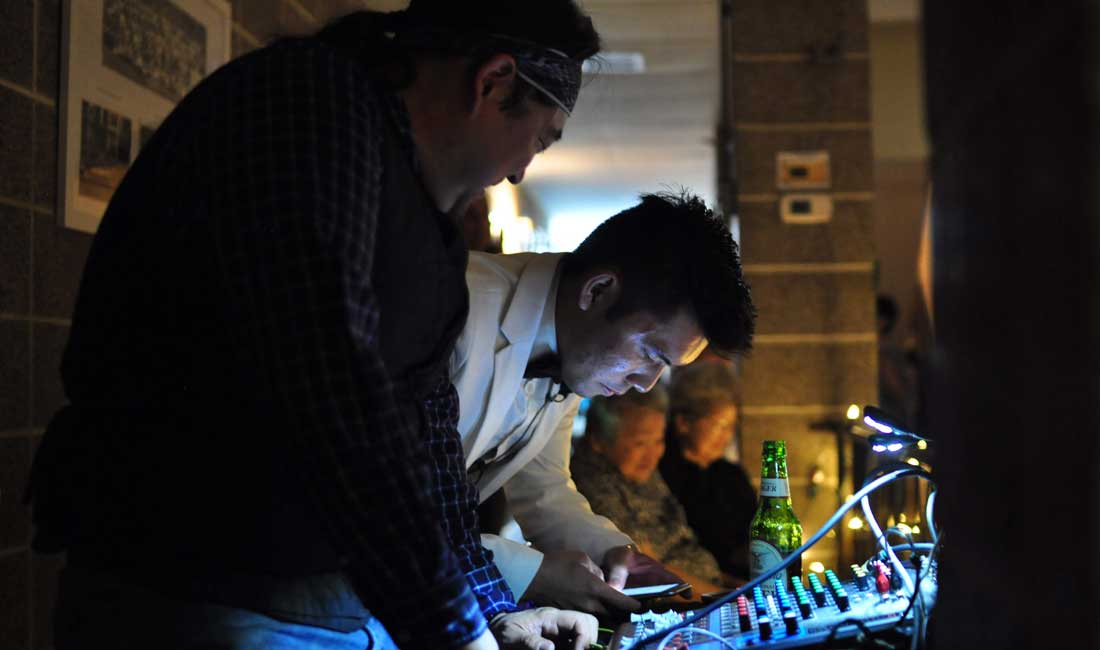
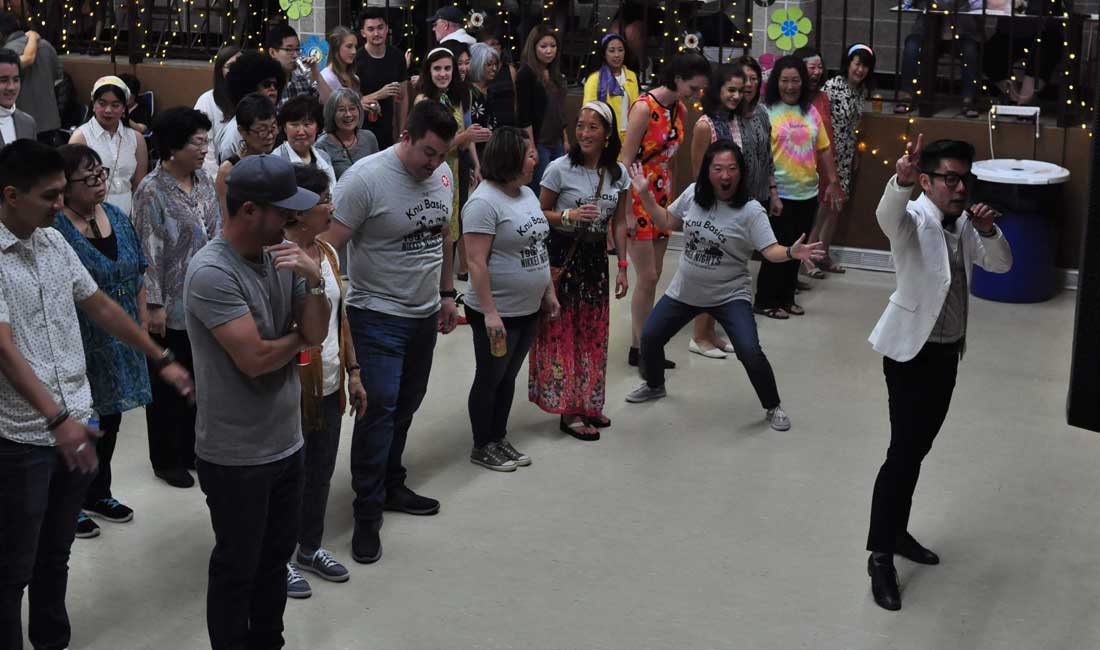
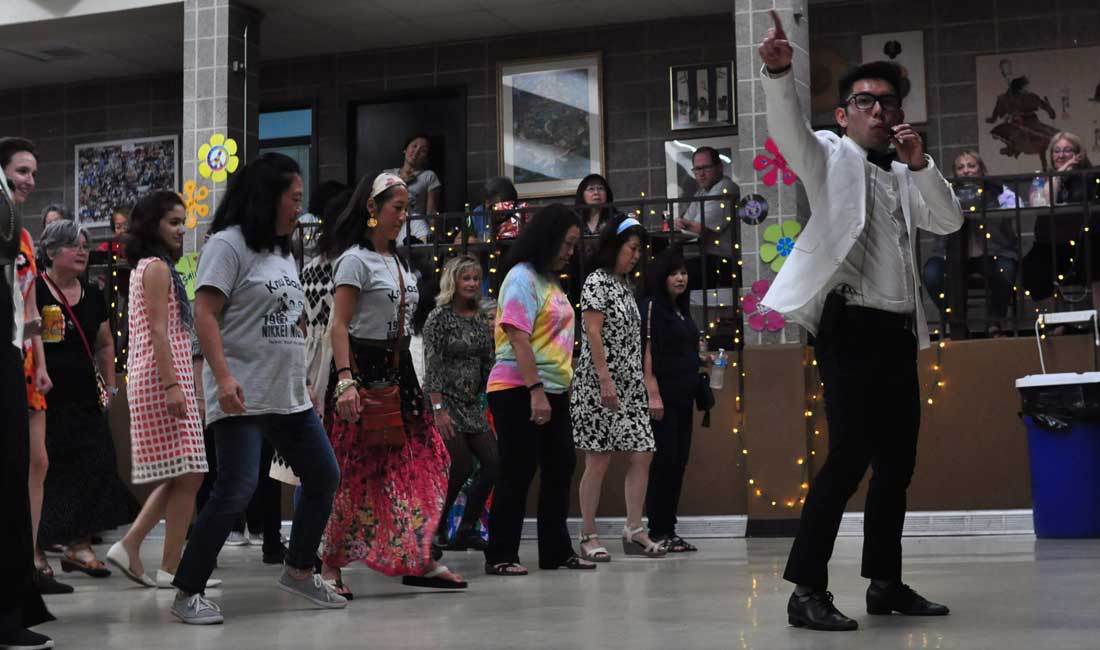
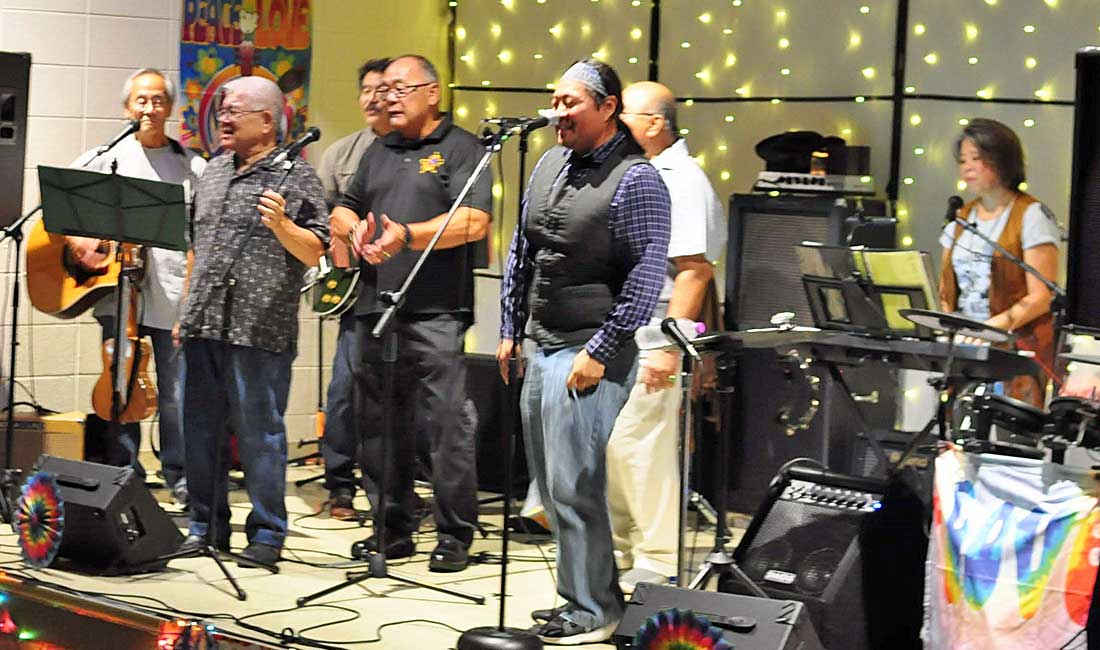
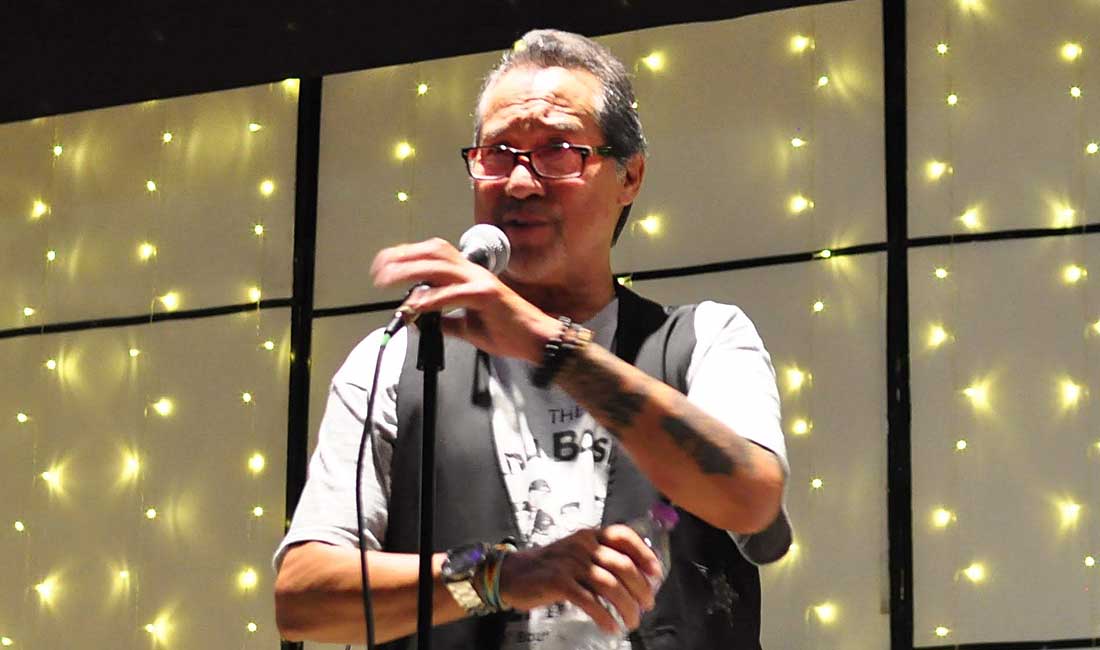
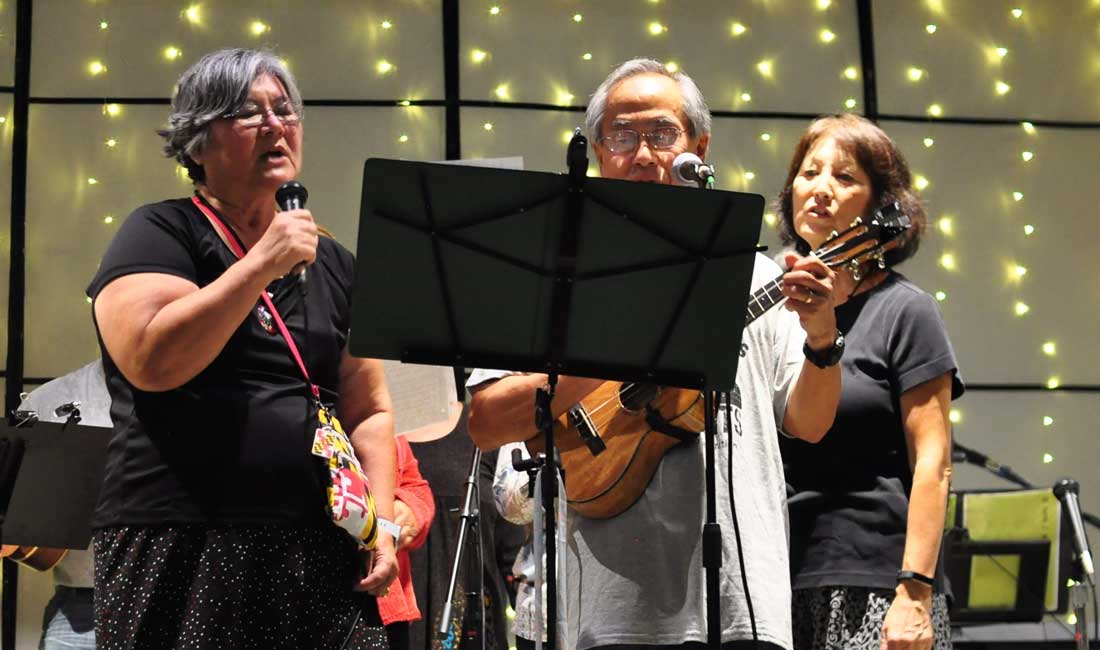
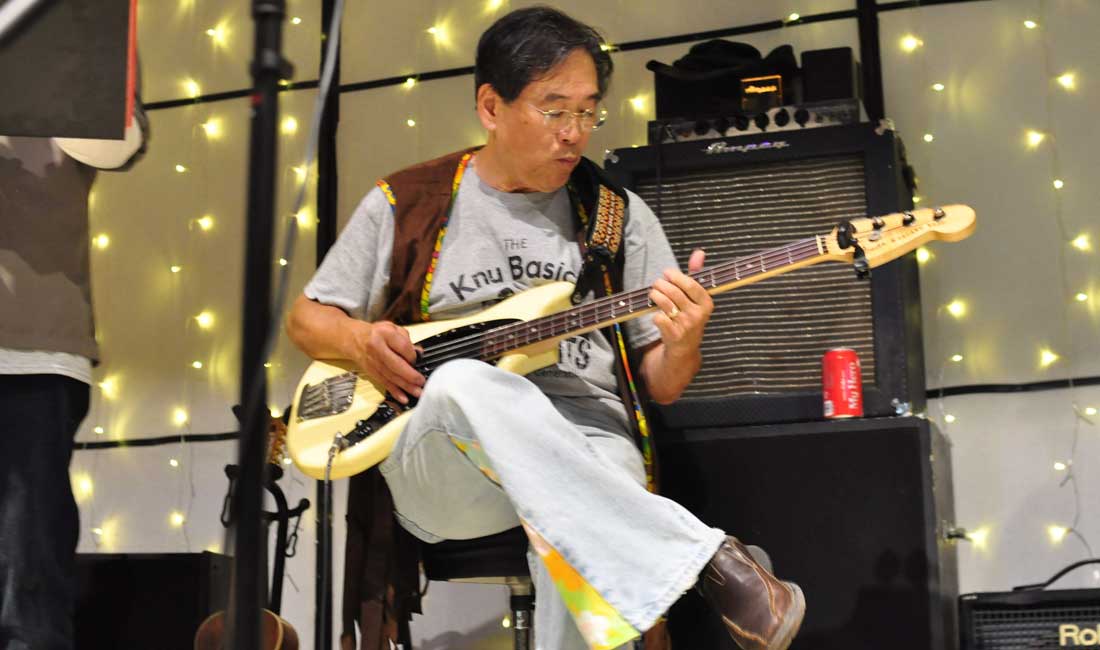
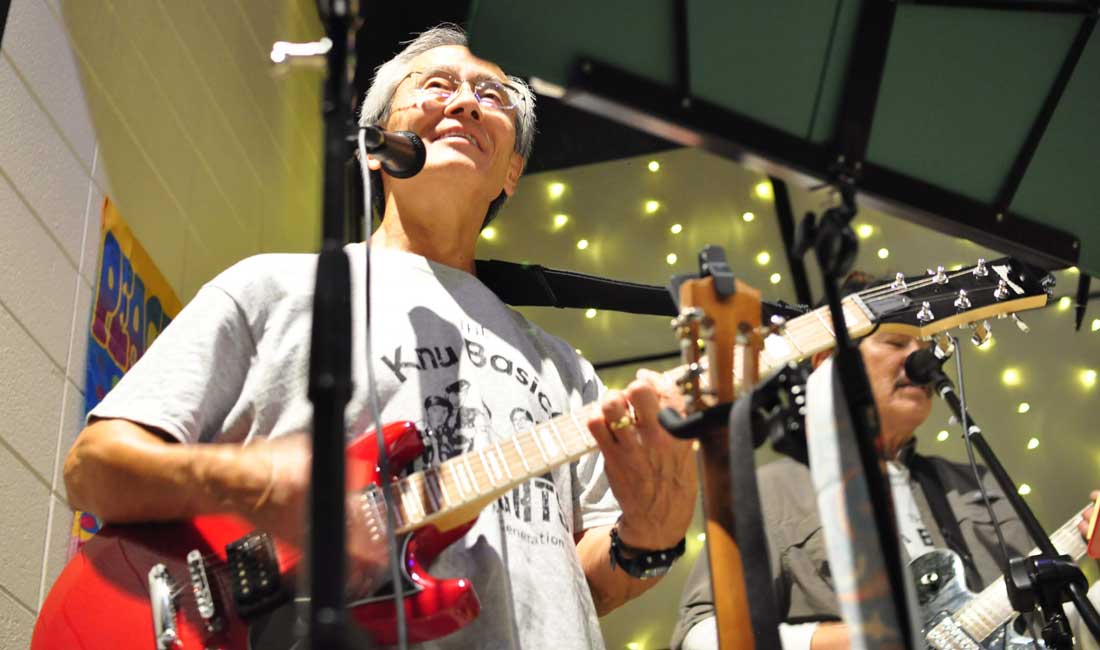
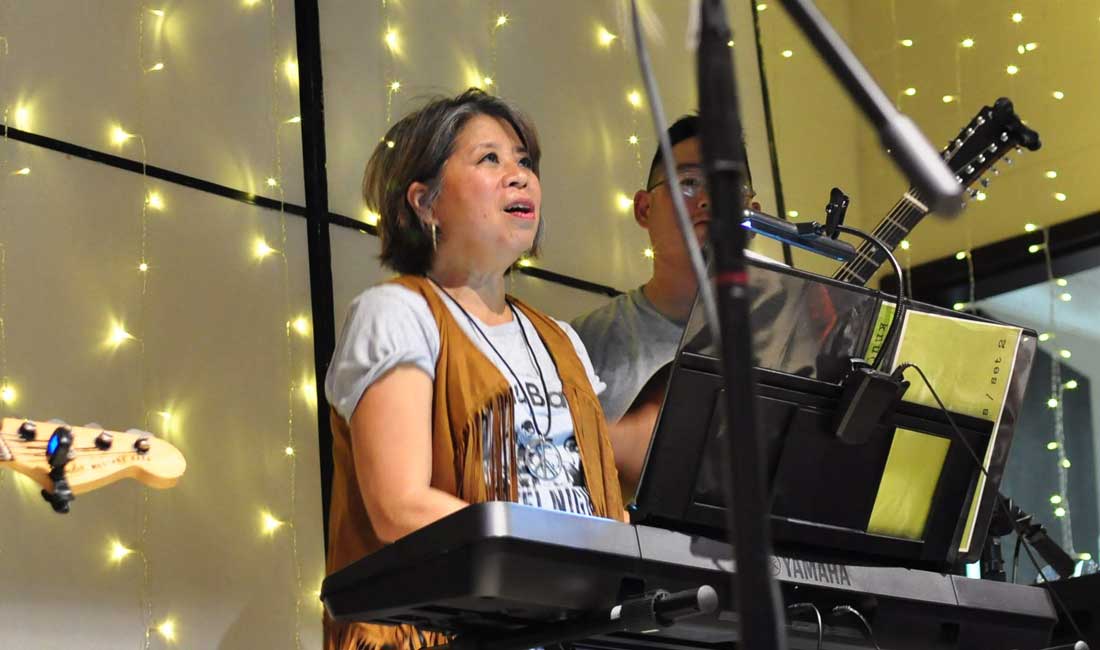
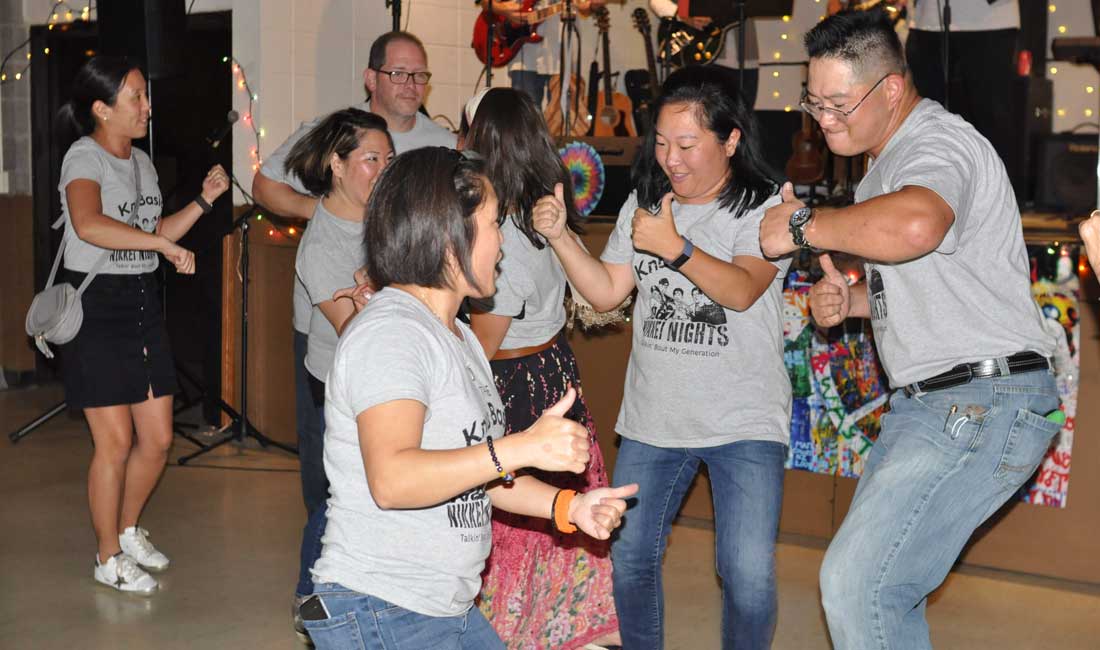
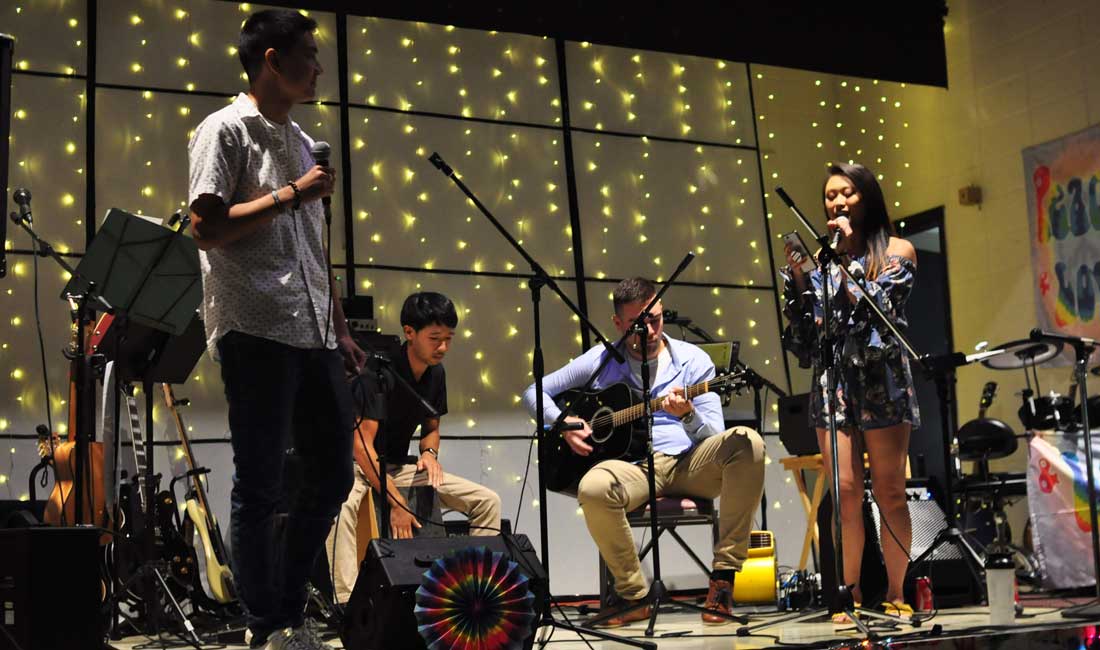
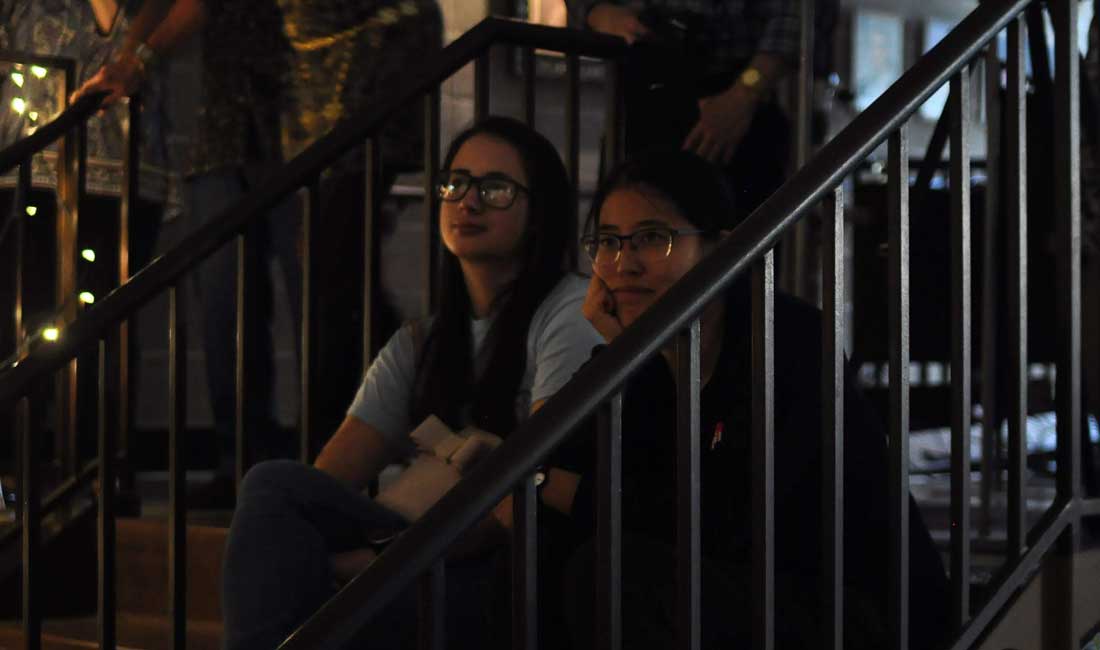
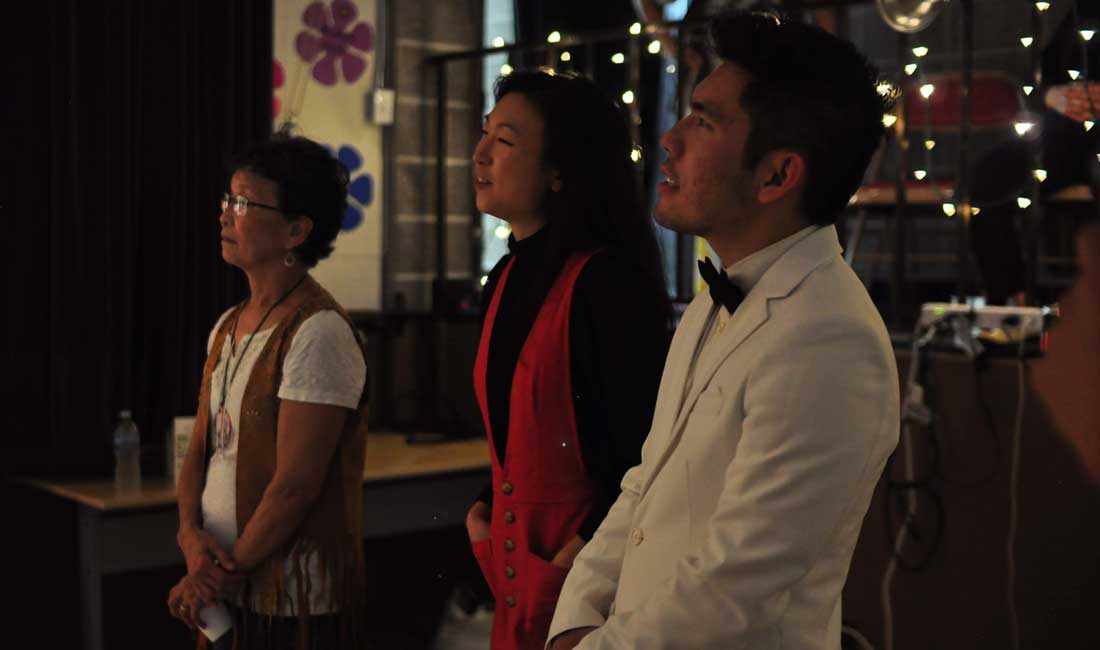
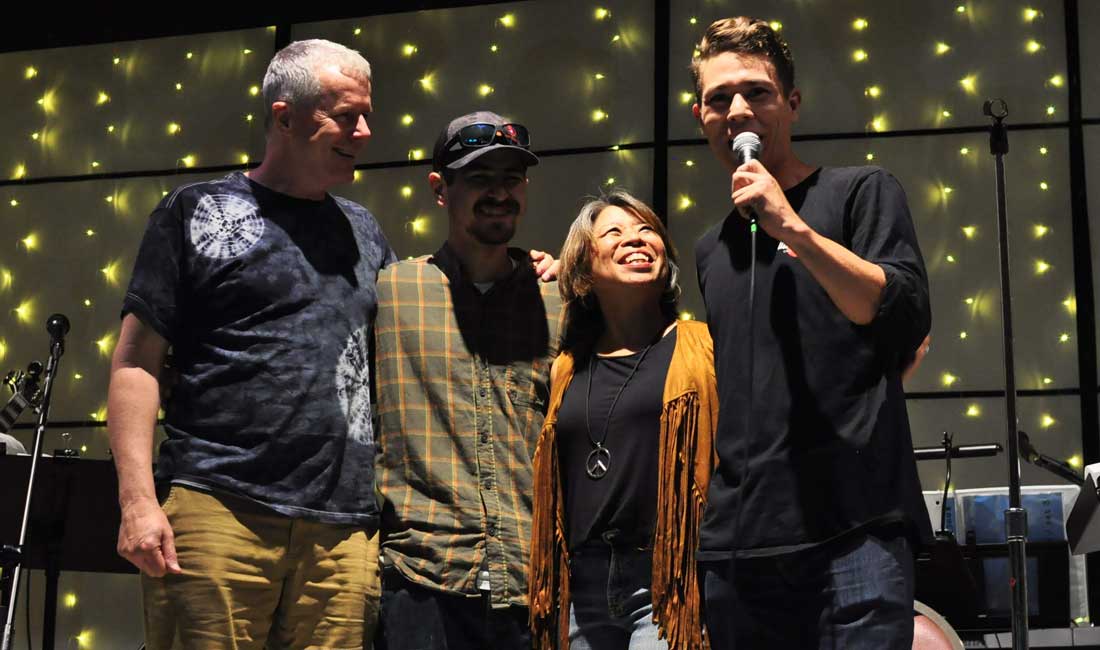
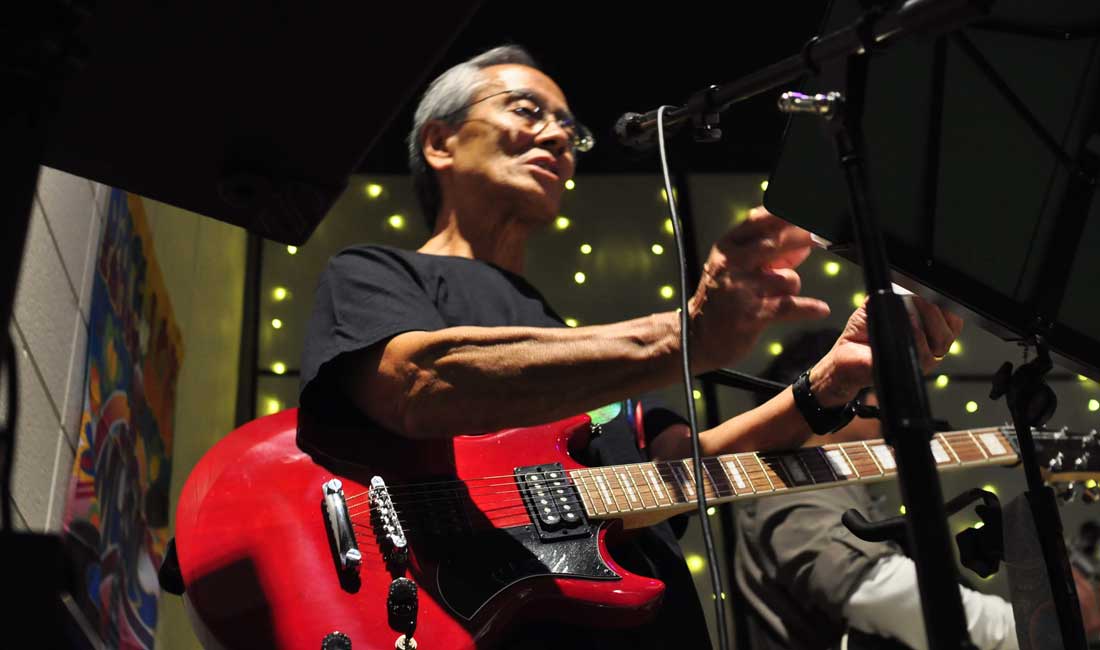
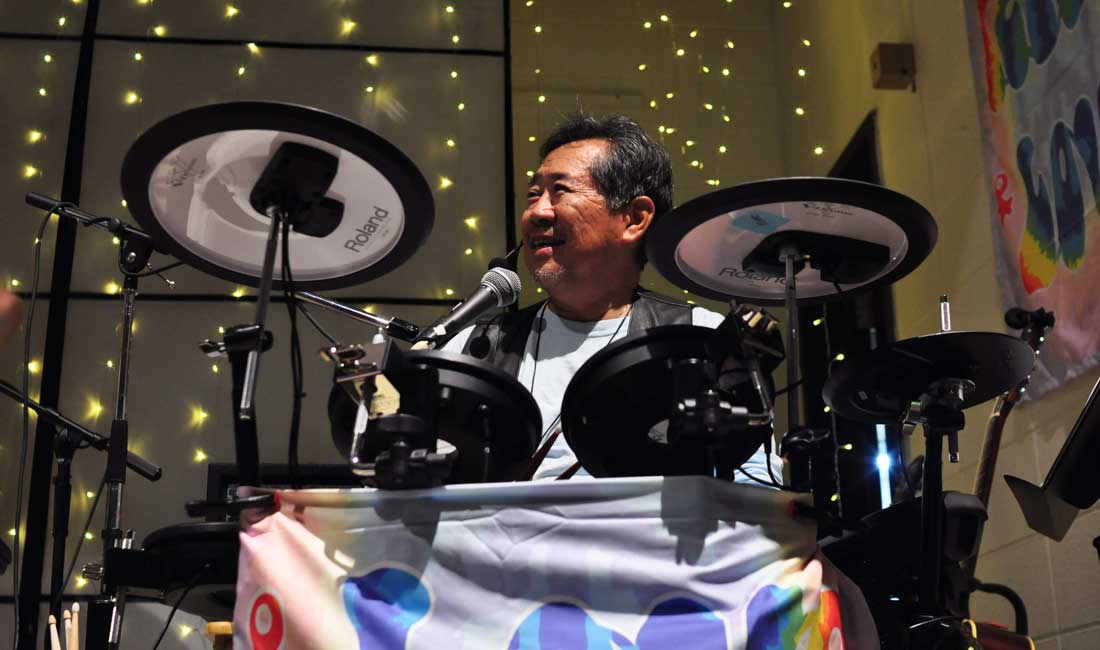



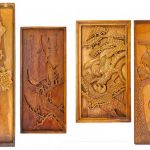



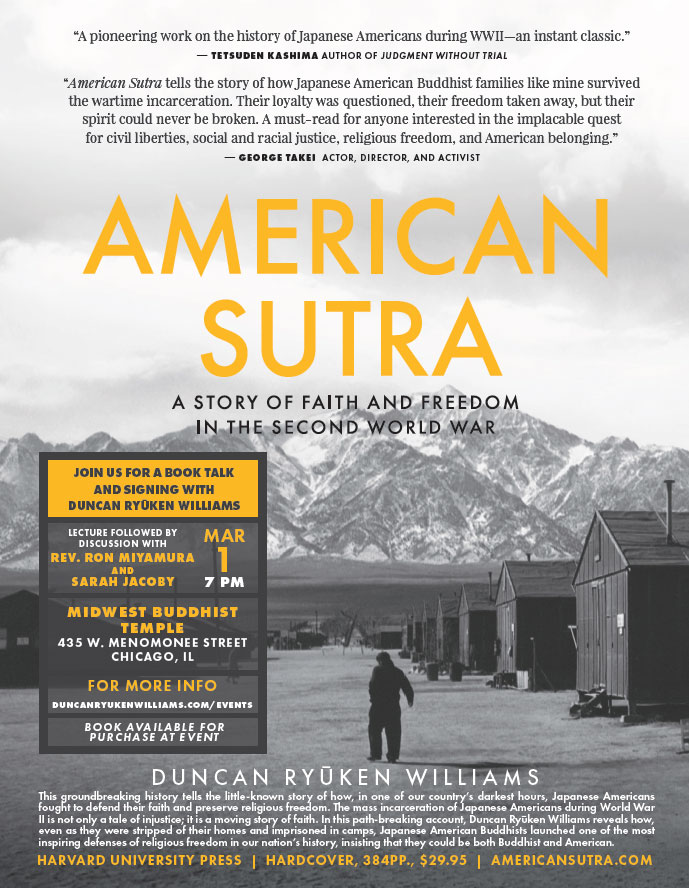
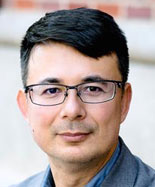 FRIDAY MARCH 1 USC professor Duncan Ryukan Williams, who is also a Soto Zen priest and author of the book “American Sutra: A Story of Faith and Freedom in the Second World War” gave a presentation and talk about “American Sutra.” The book, released by the Harvard Press on Feb. 19, reflects on how Japanese American Buddhists dealt with dislocation, loss and uncertainty during their wartime incarceration.
FRIDAY MARCH 1 USC professor Duncan Ryukan Williams, who is also a Soto Zen priest and author of the book “American Sutra: A Story of Faith and Freedom in the Second World War” gave a presentation and talk about “American Sutra.” The book, released by the Harvard Press on Feb. 19, reflects on how Japanese American Buddhists dealt with dislocation, loss and uncertainty during their wartime incarceration.